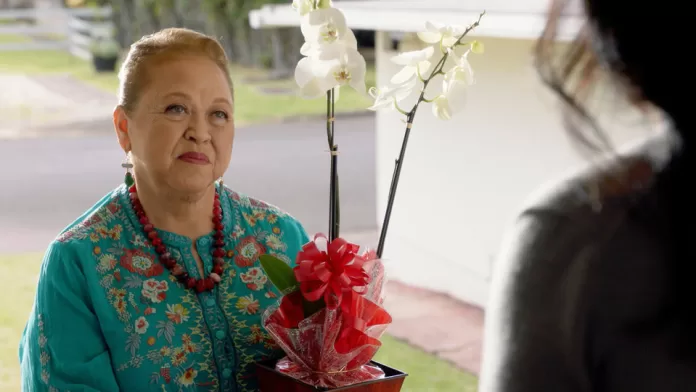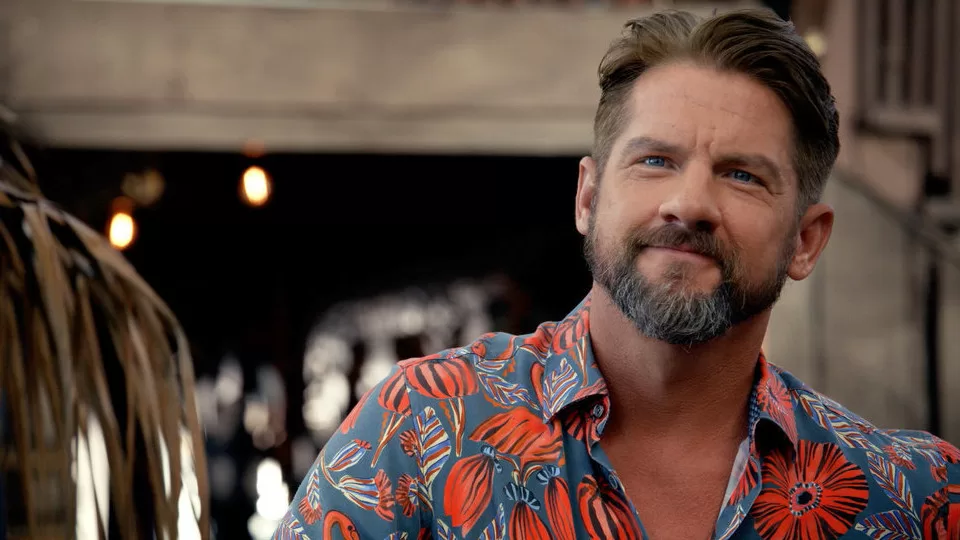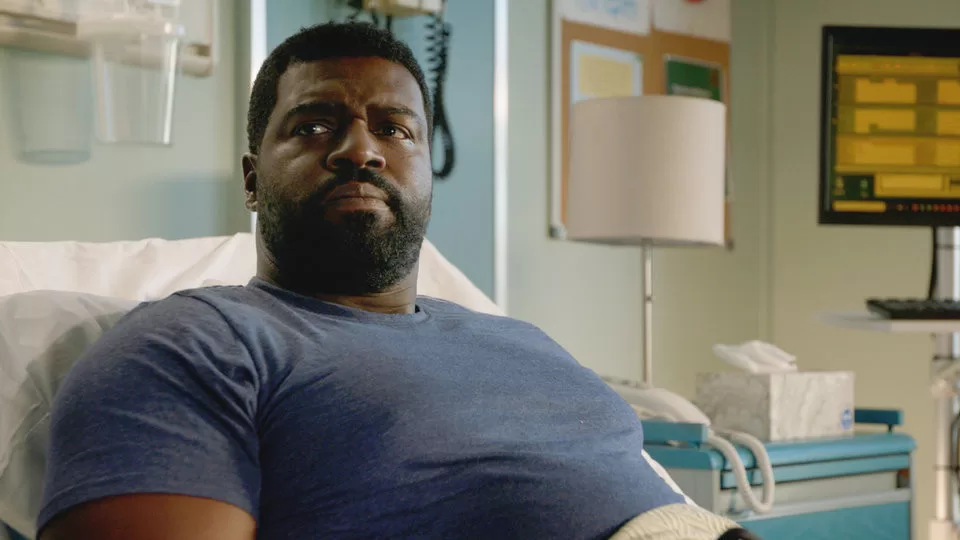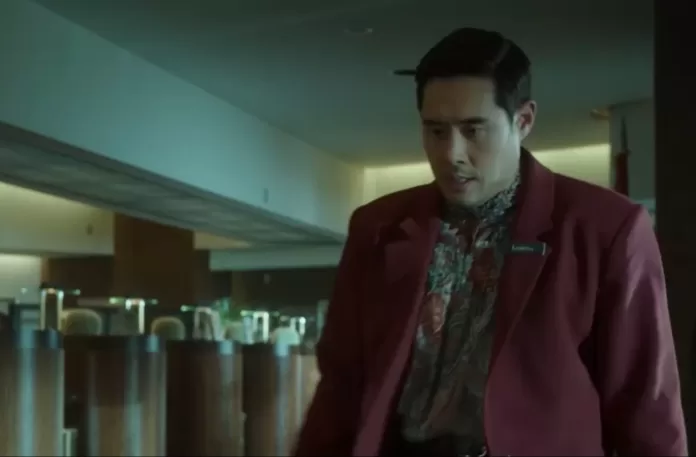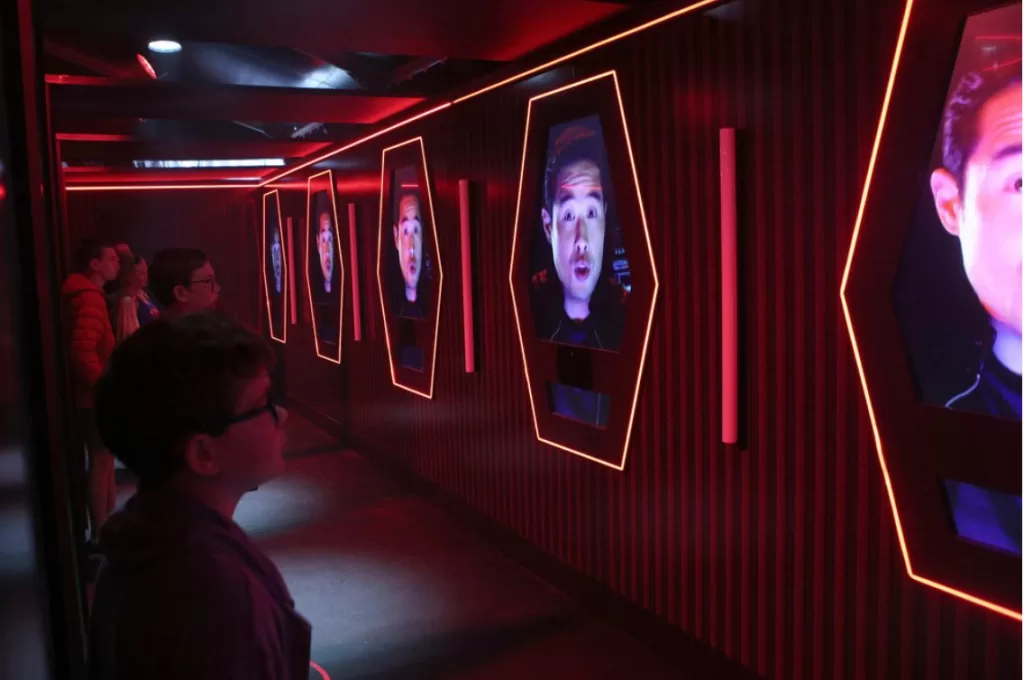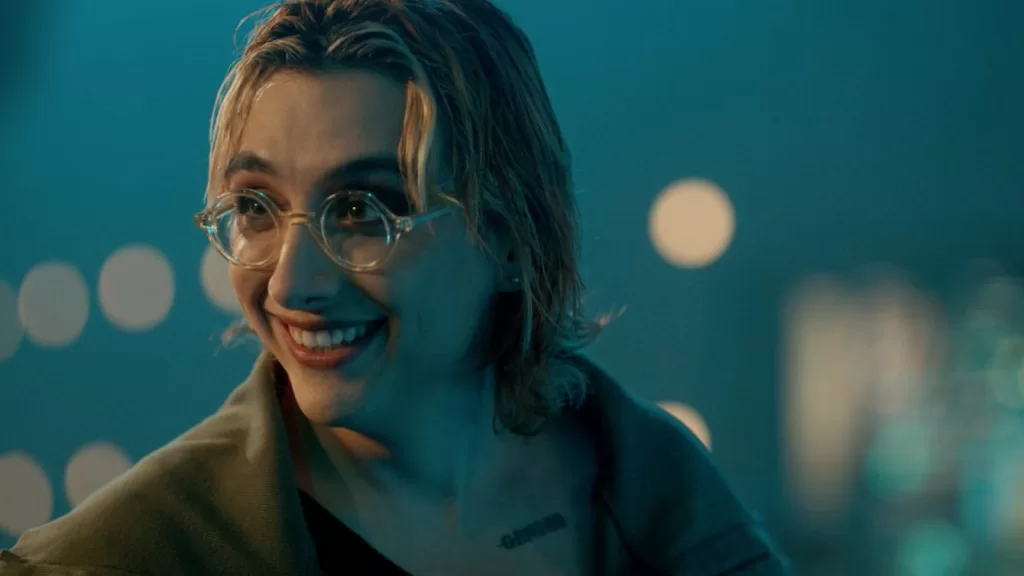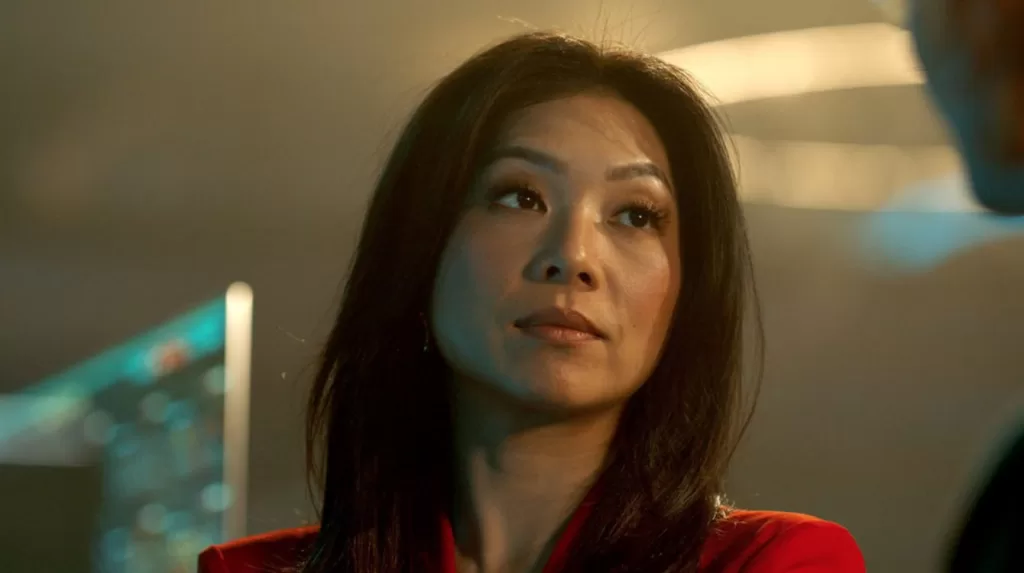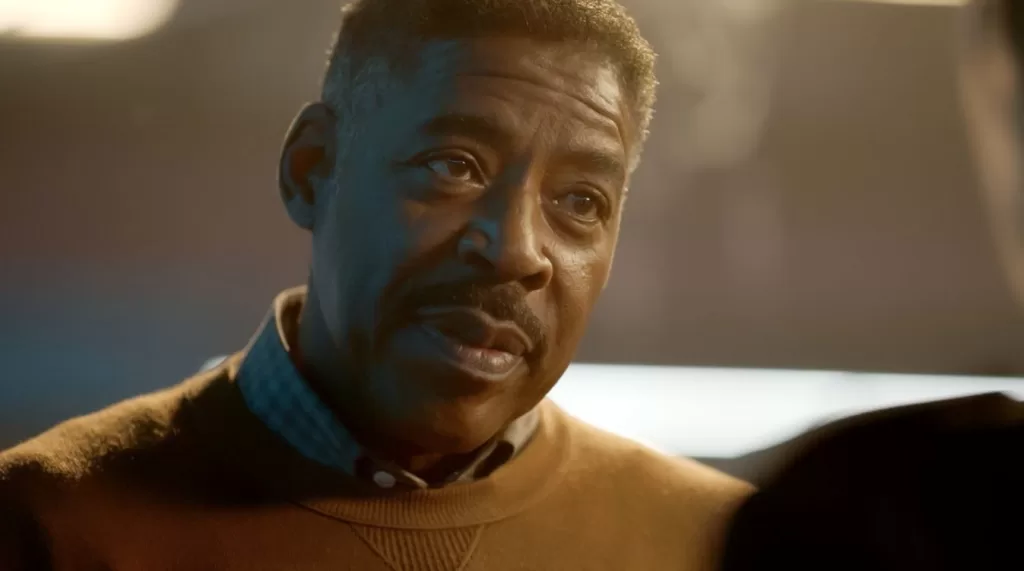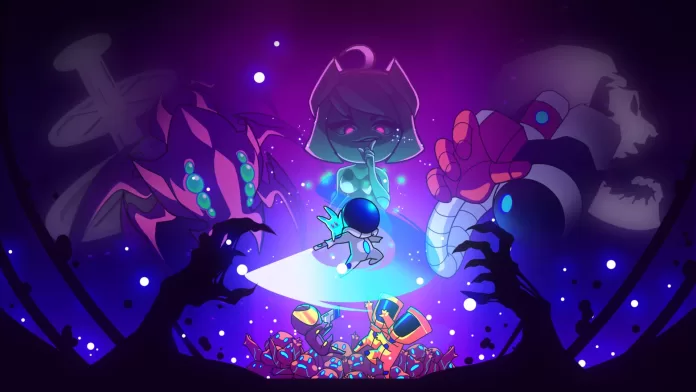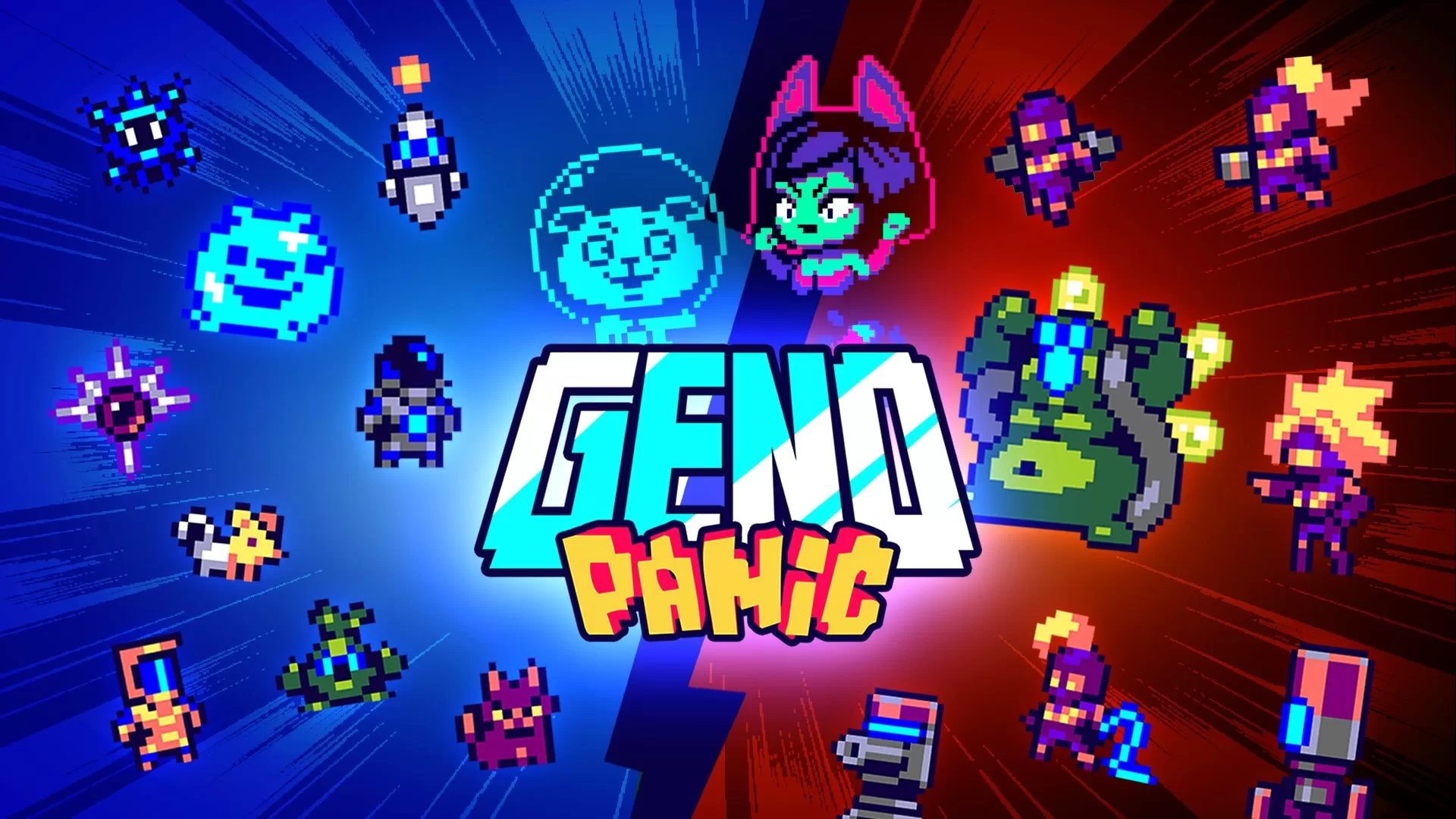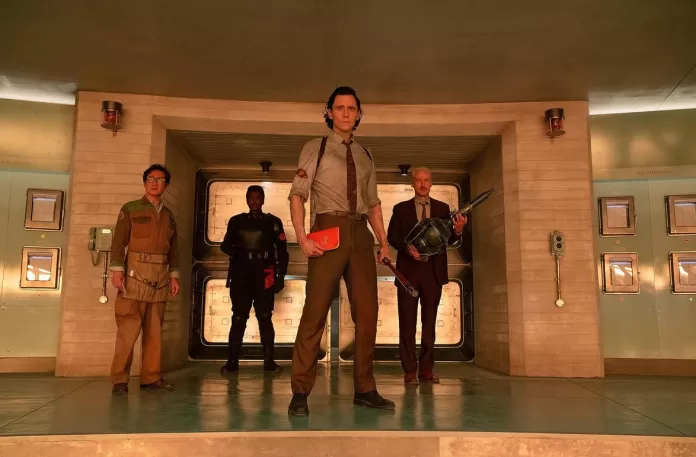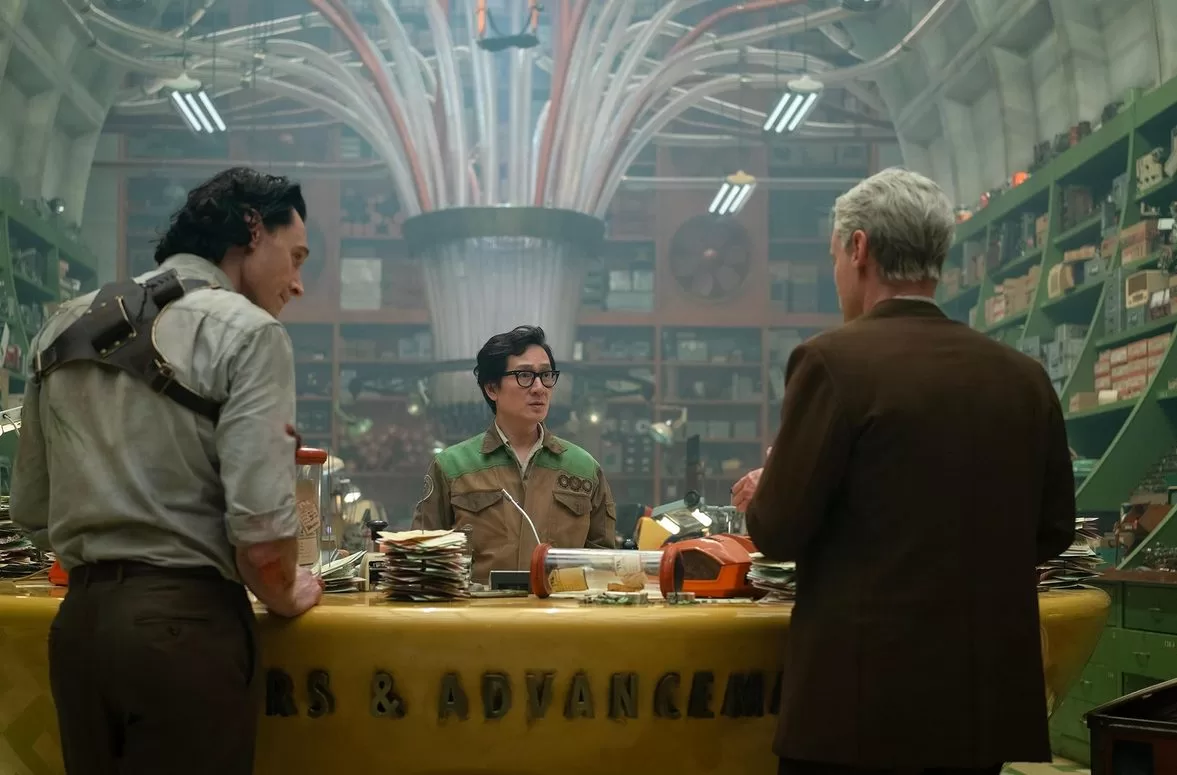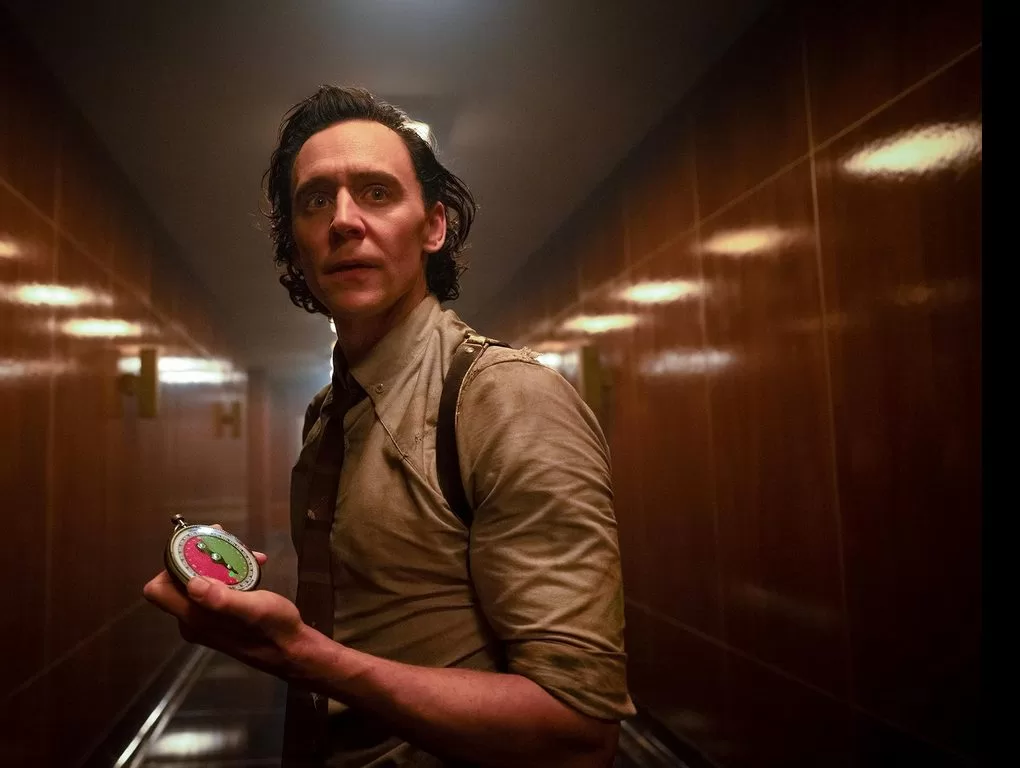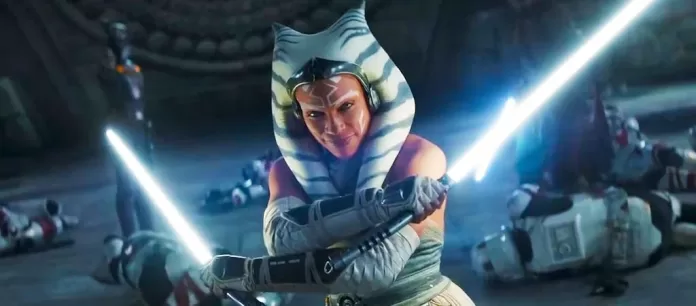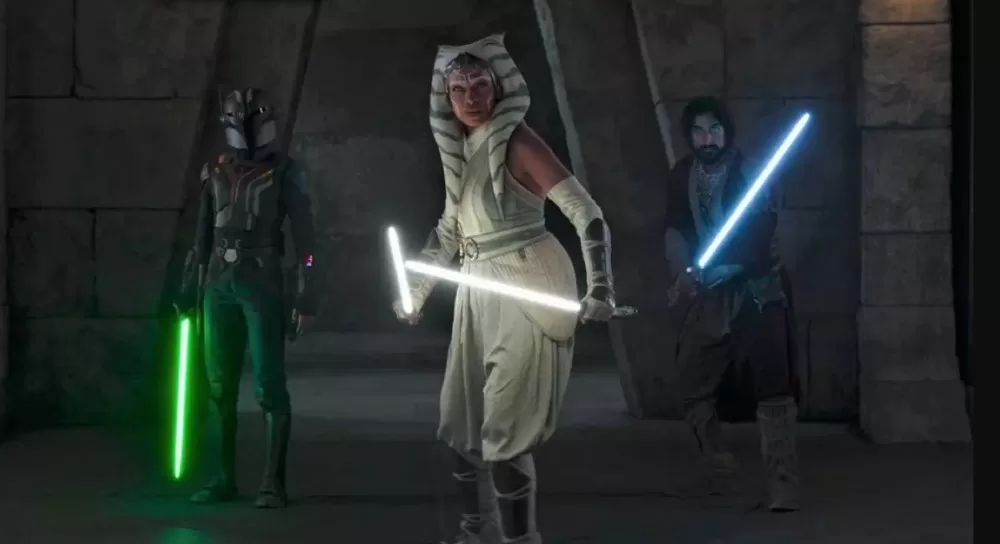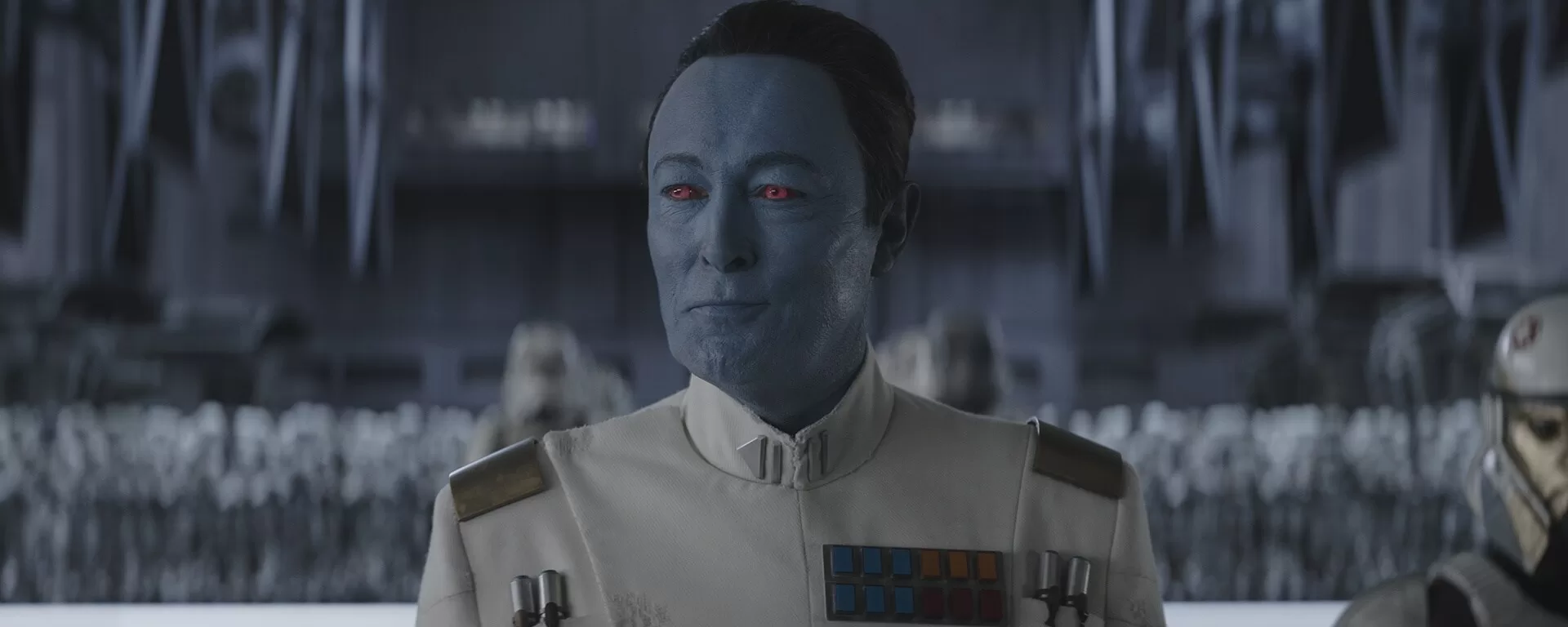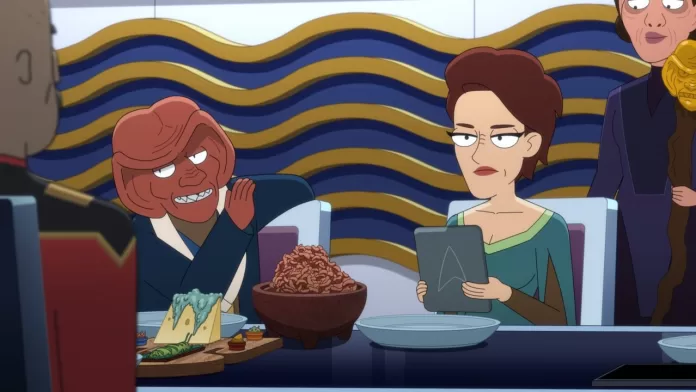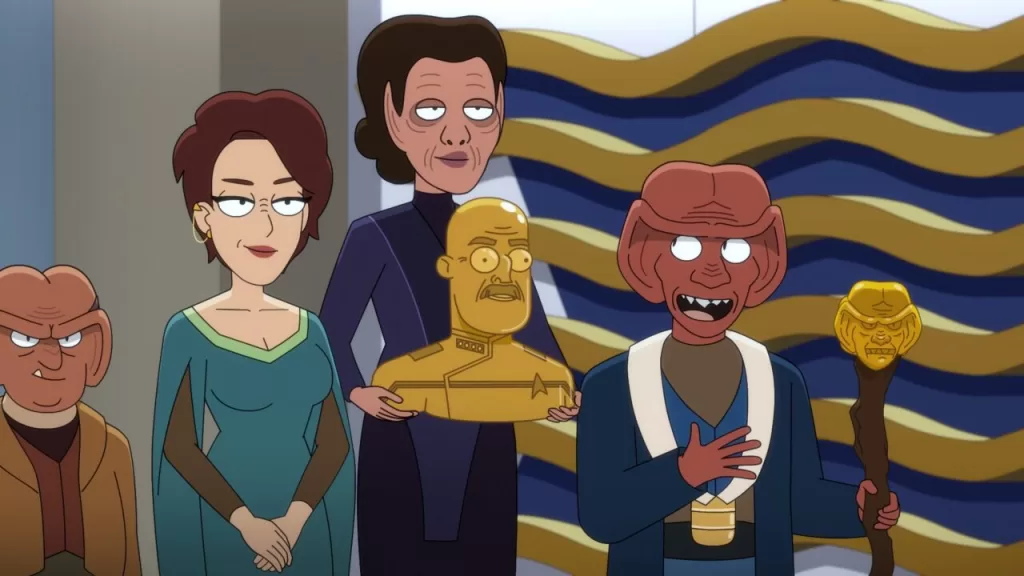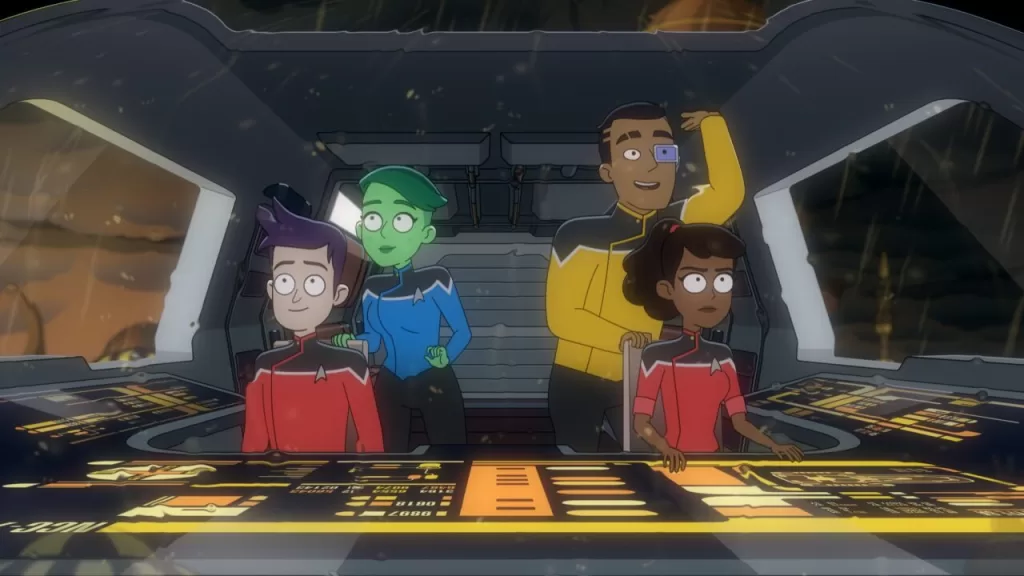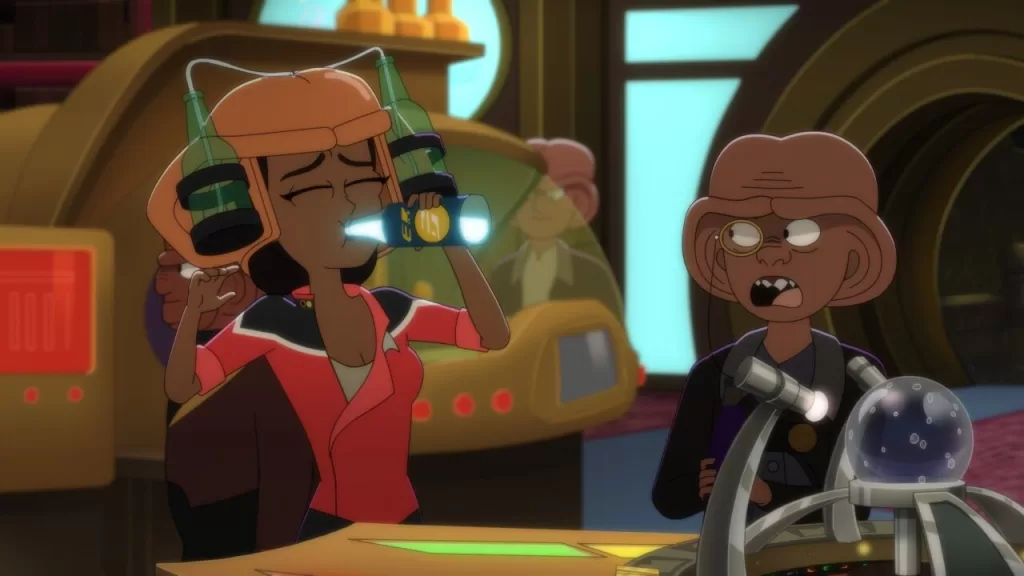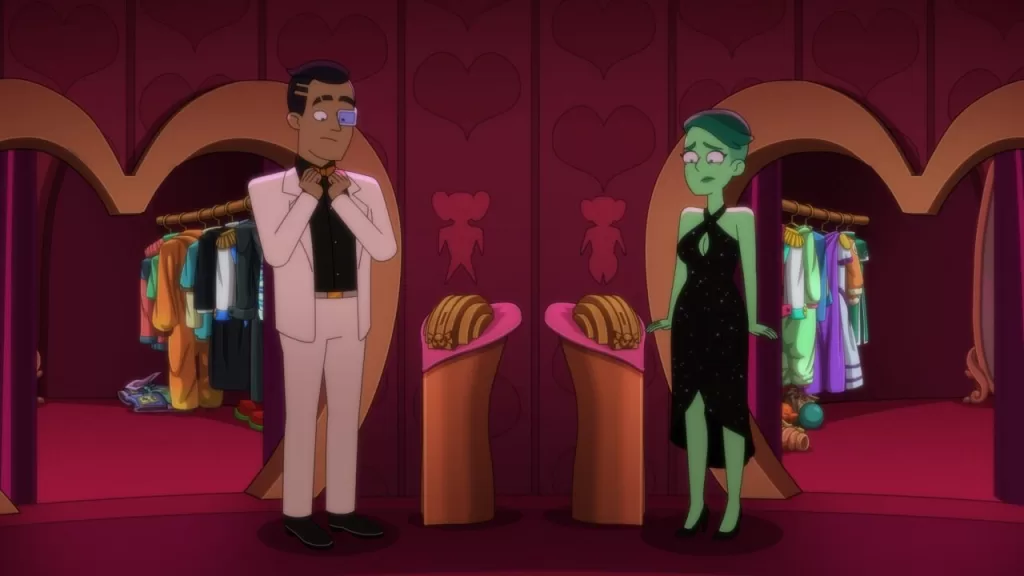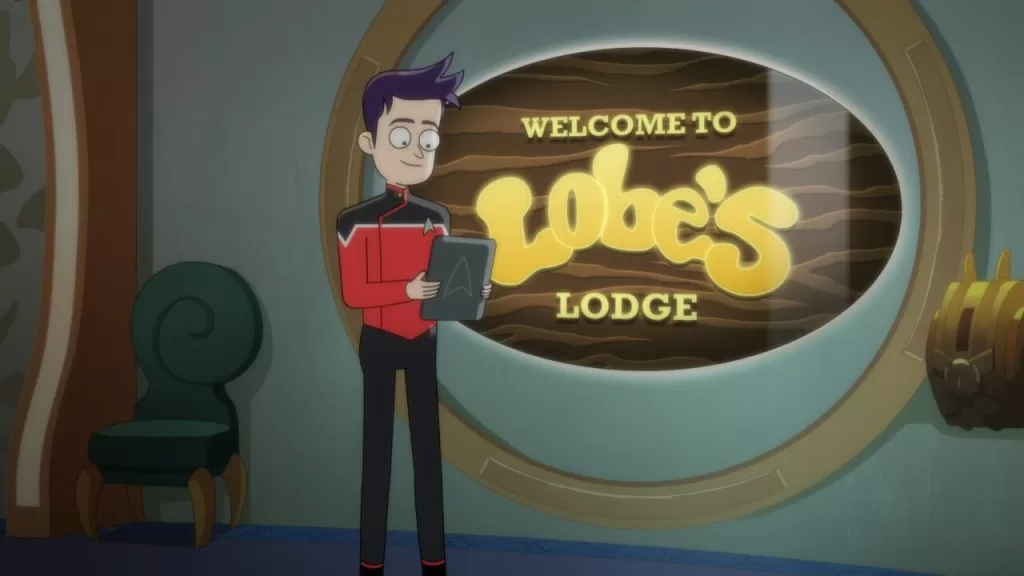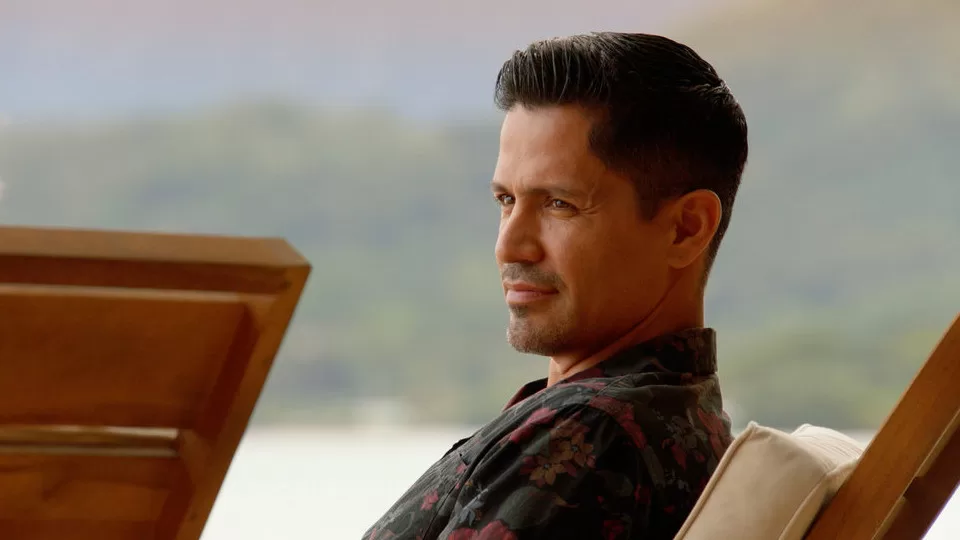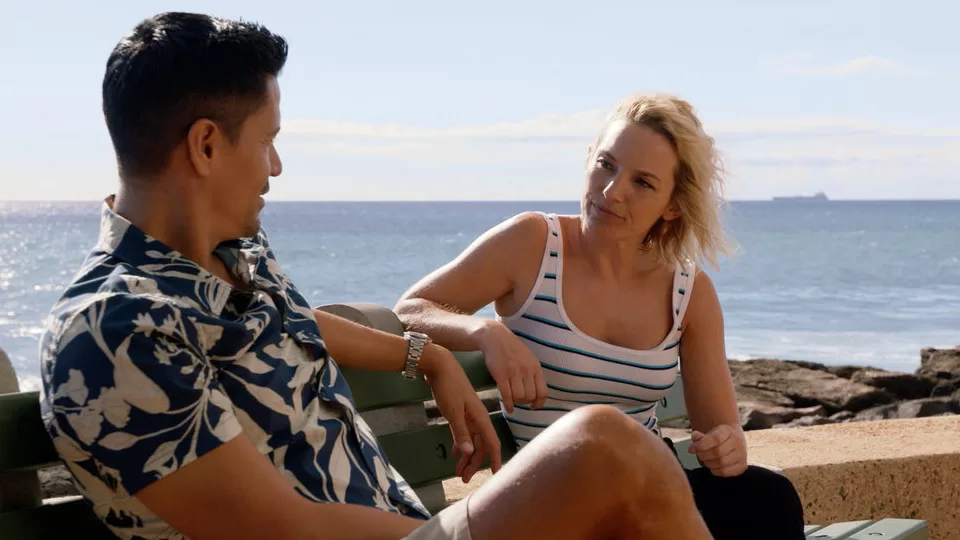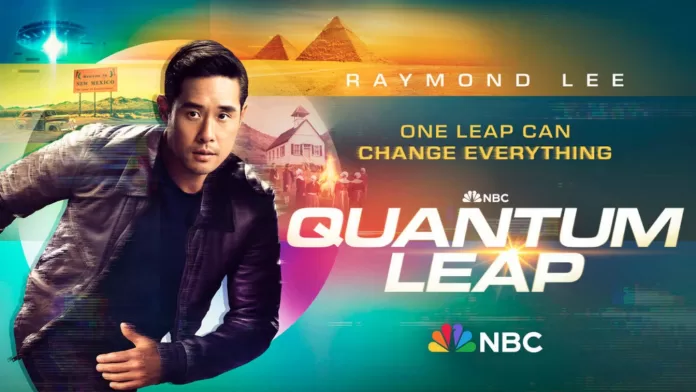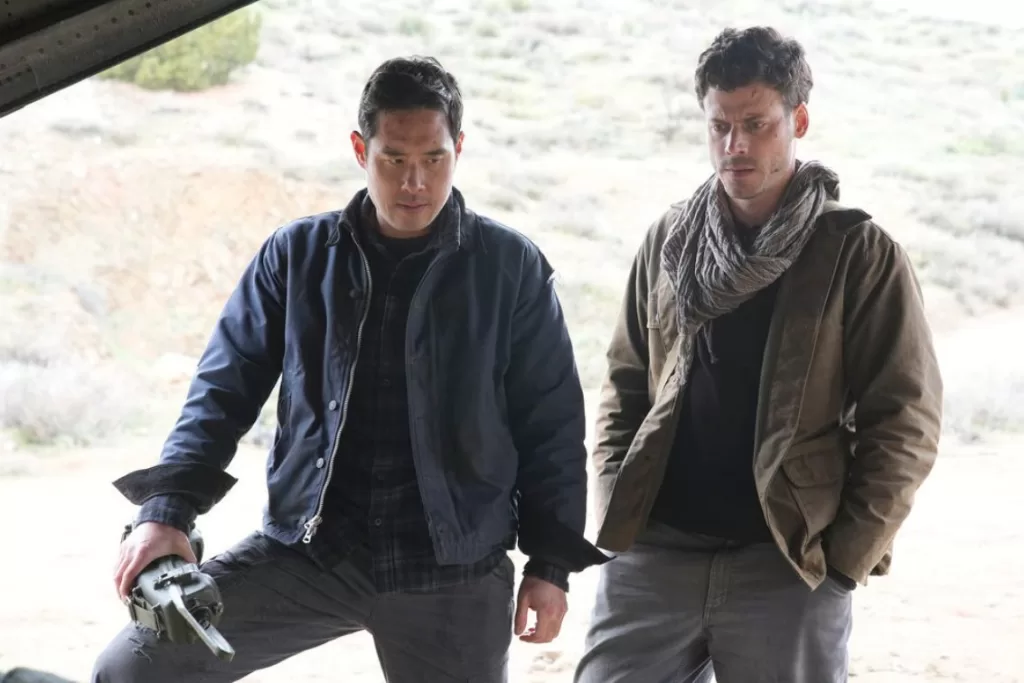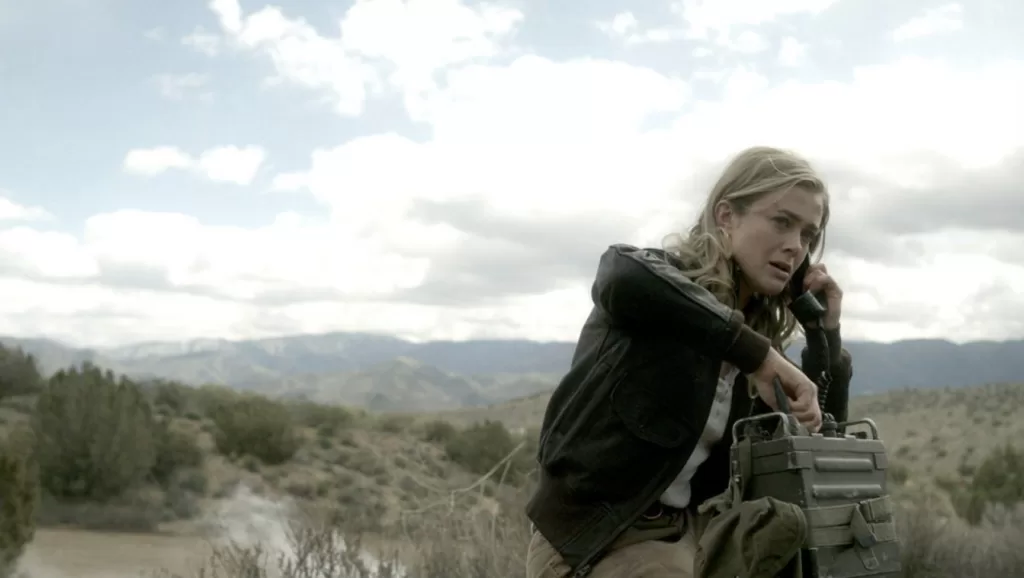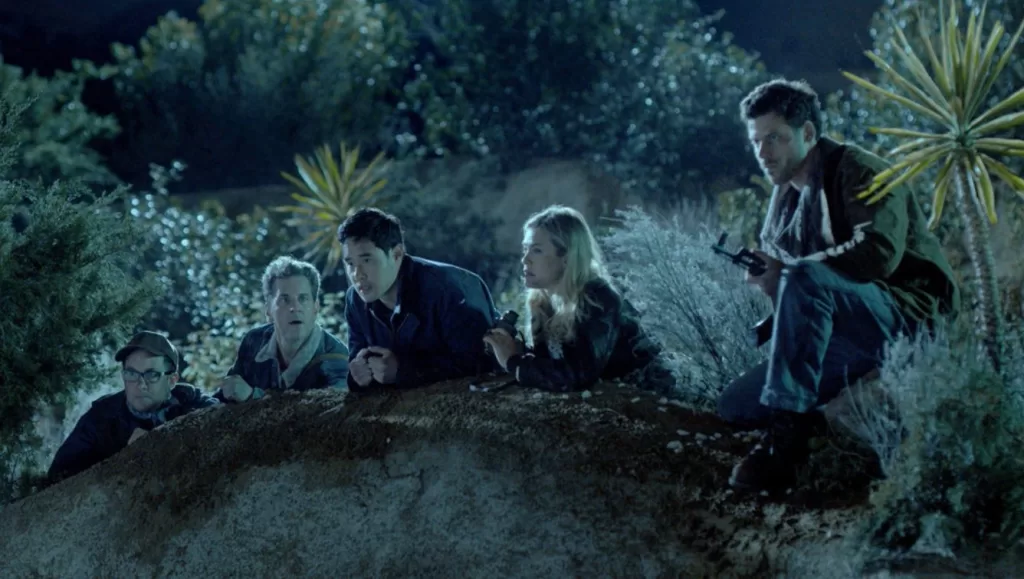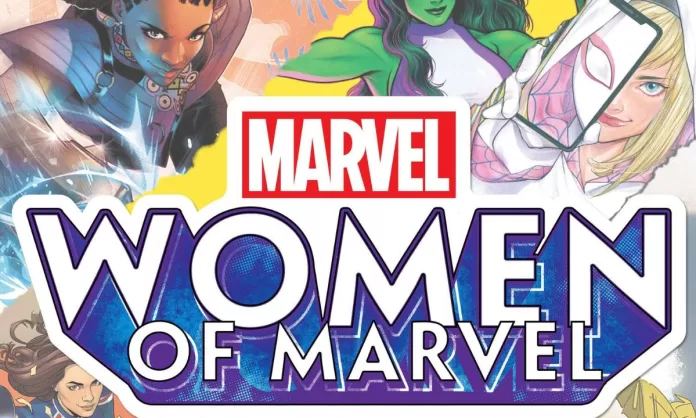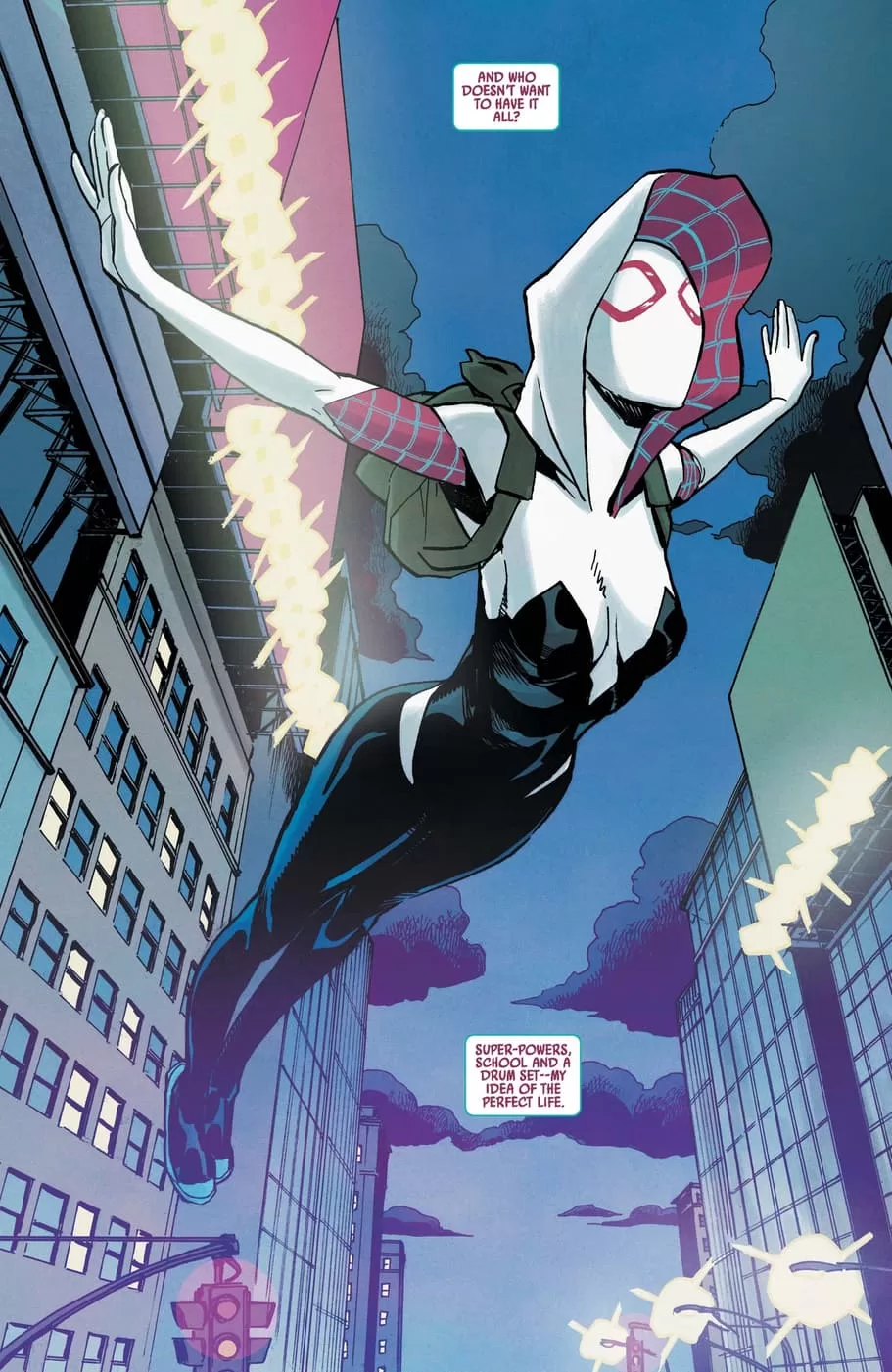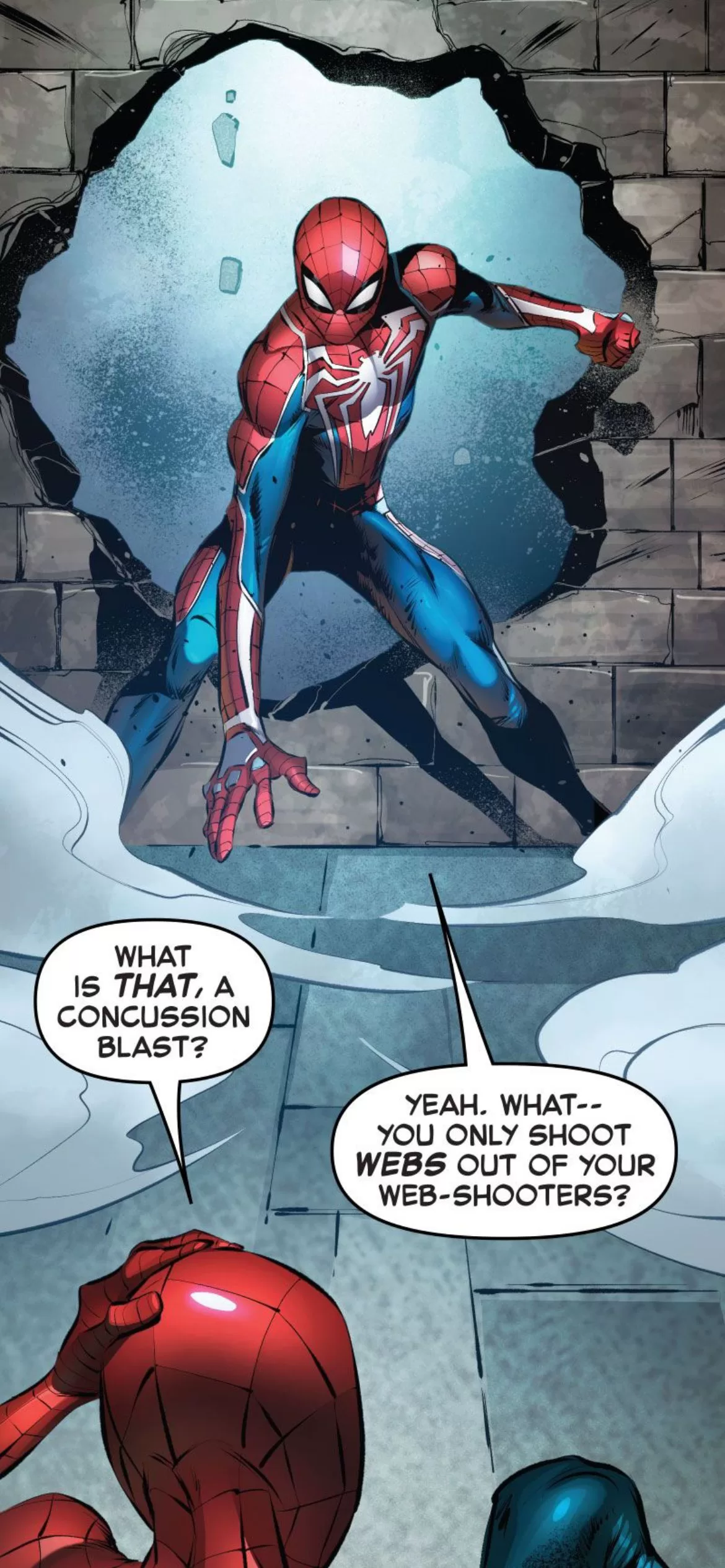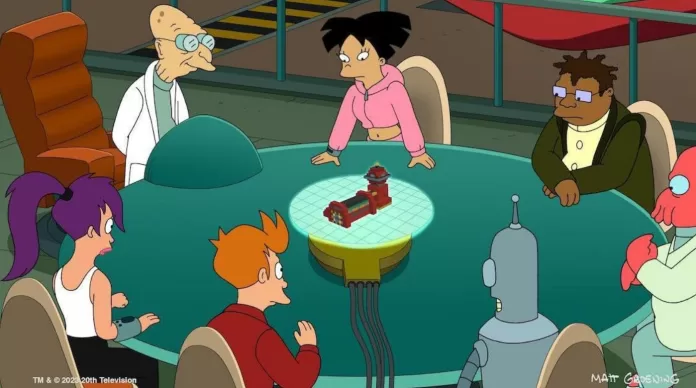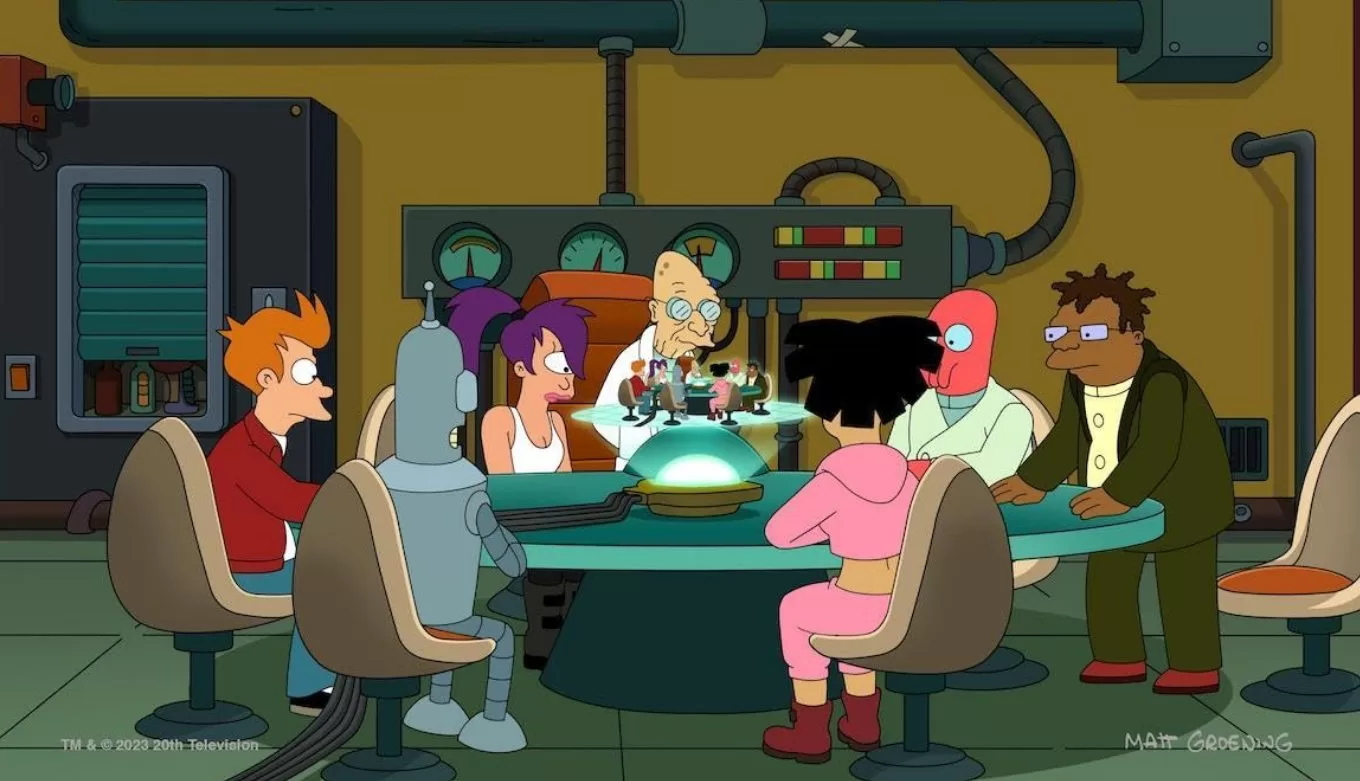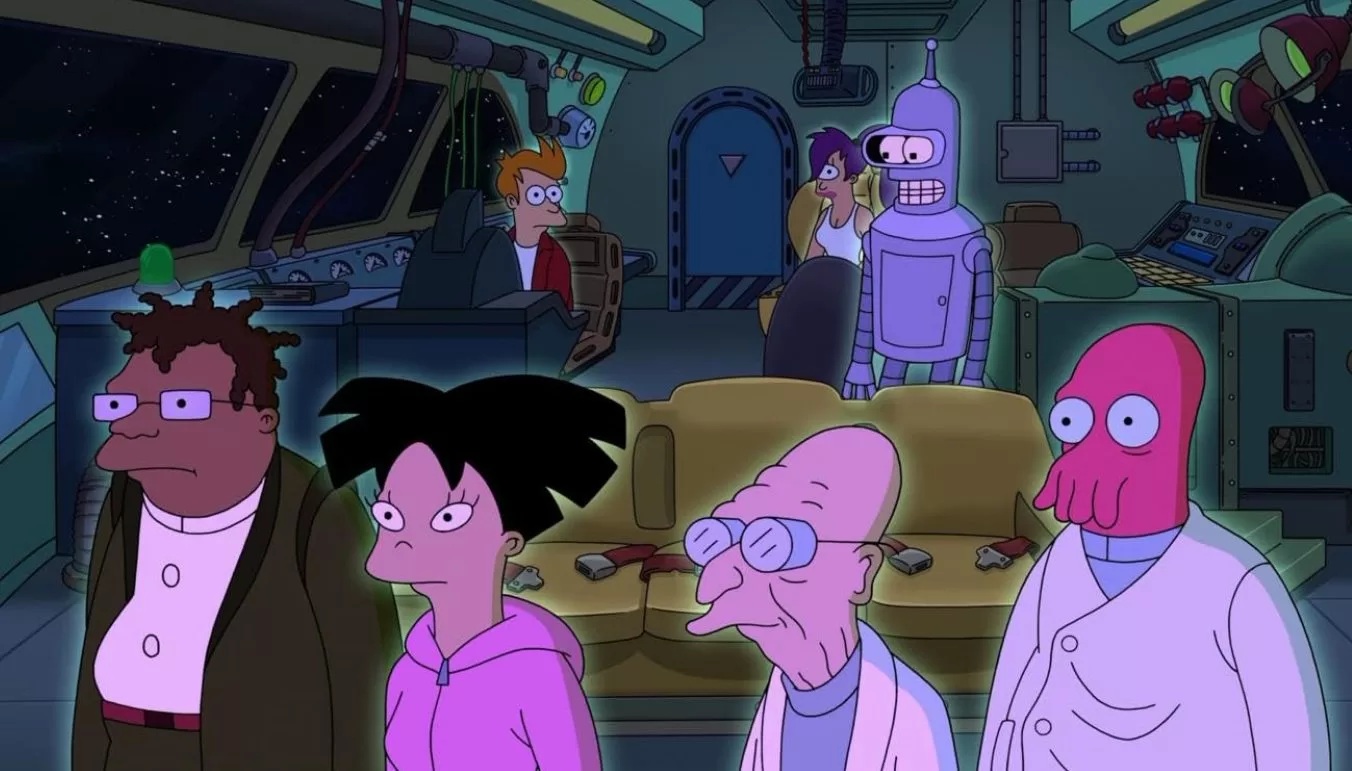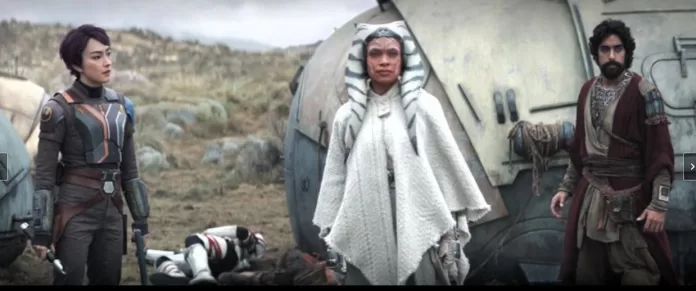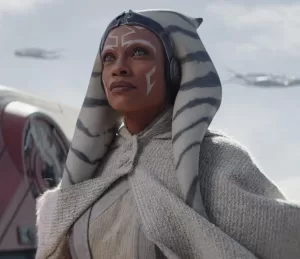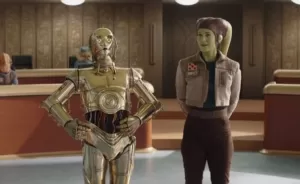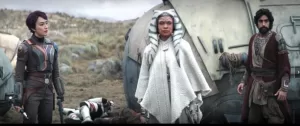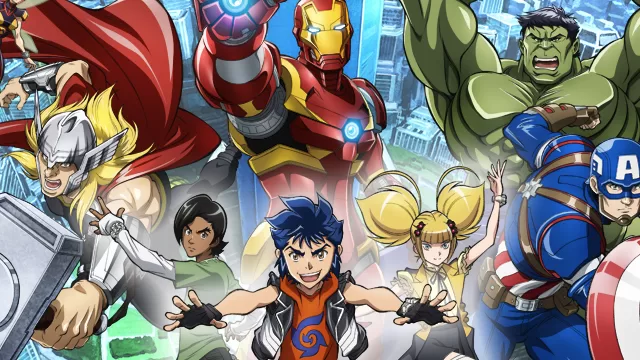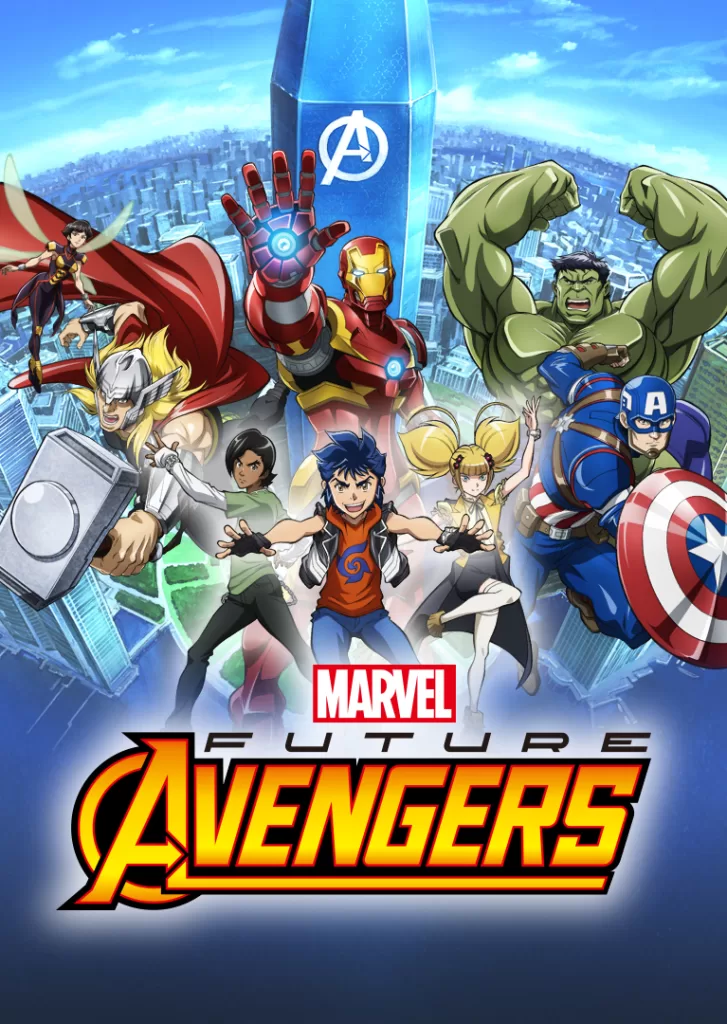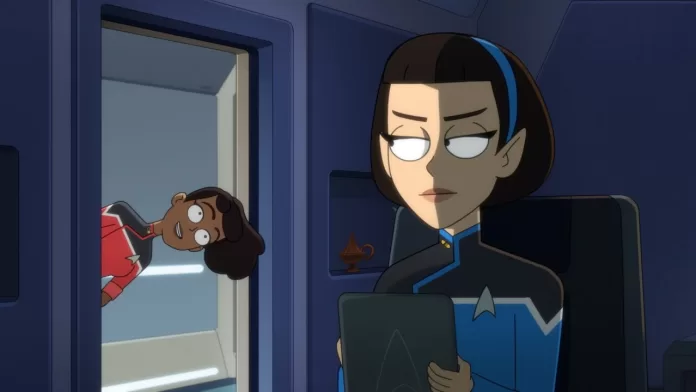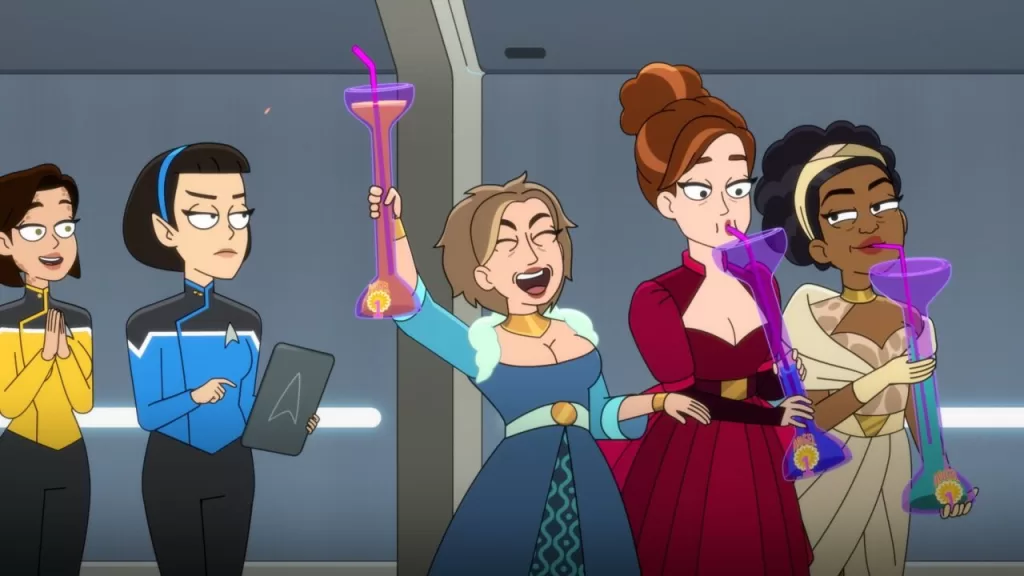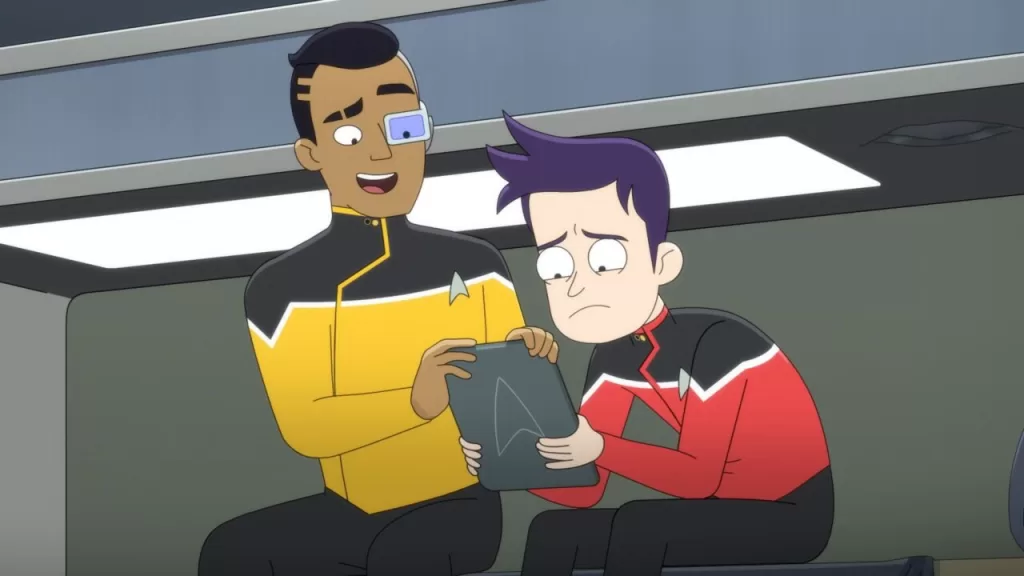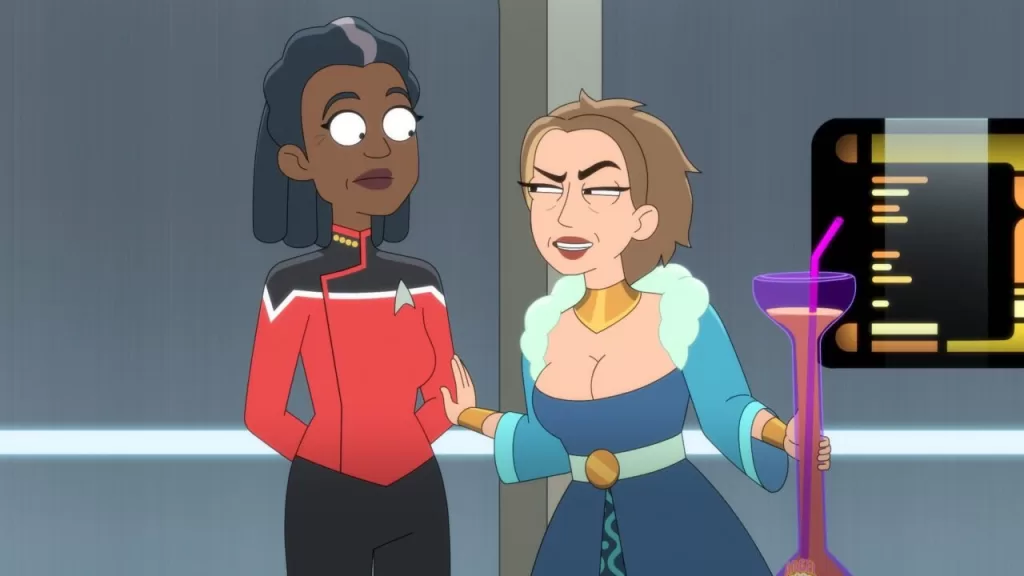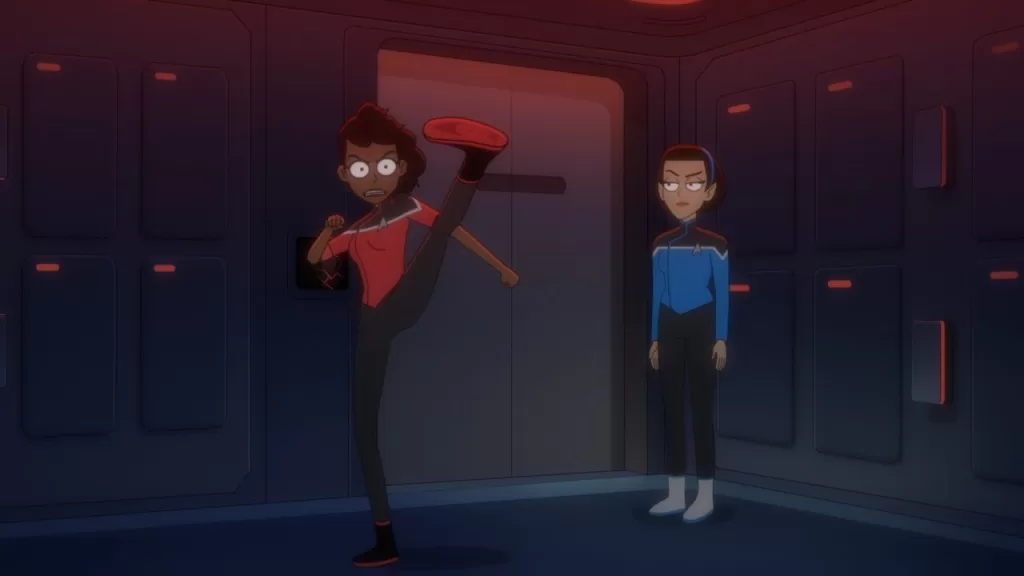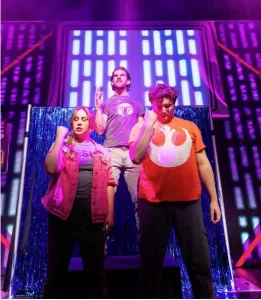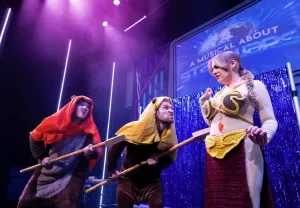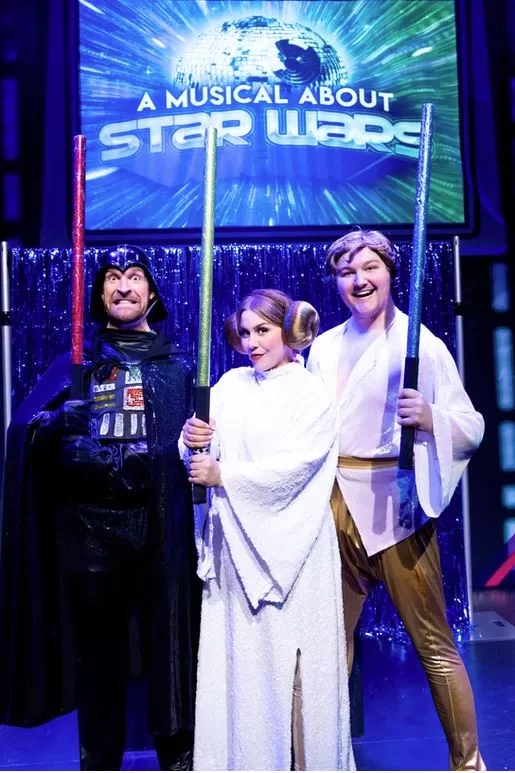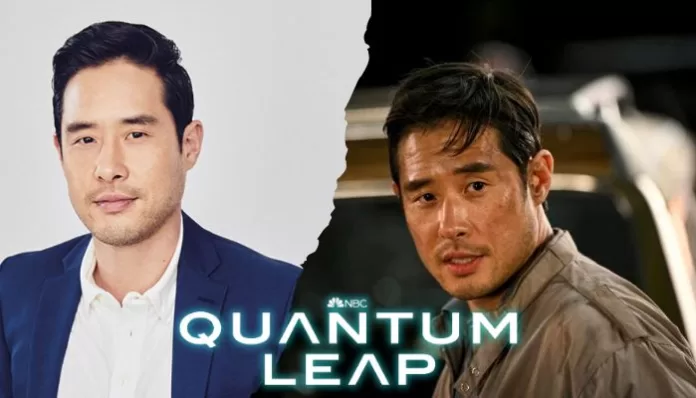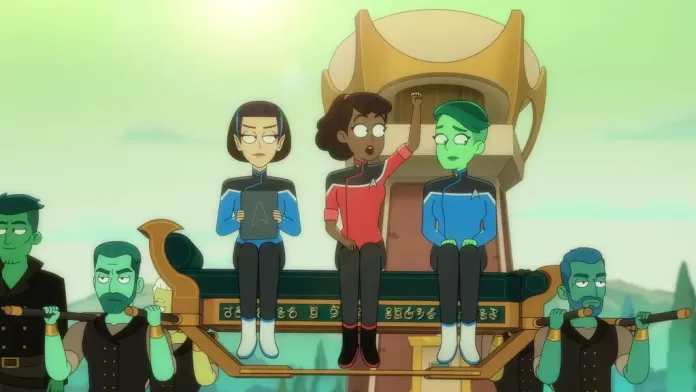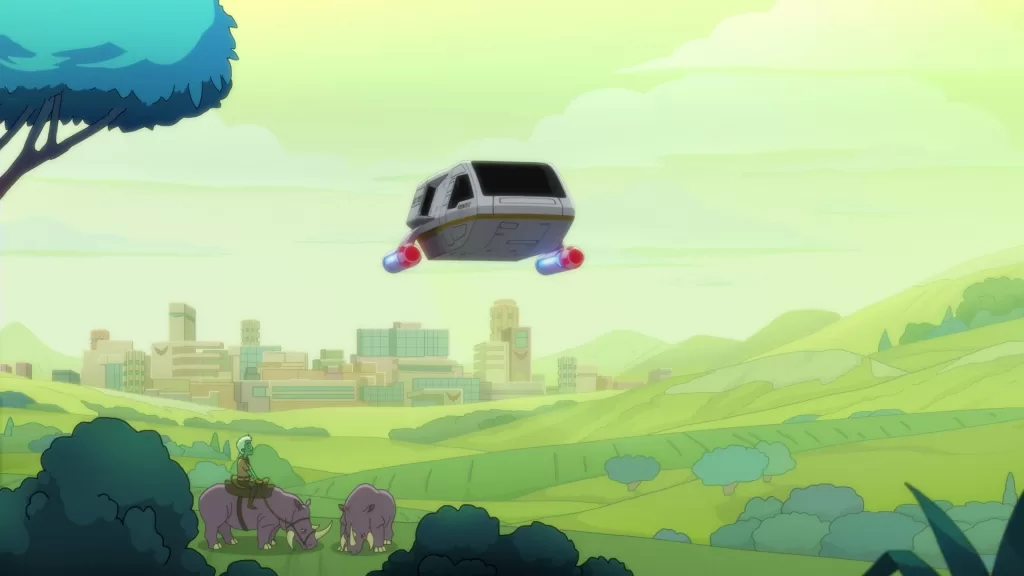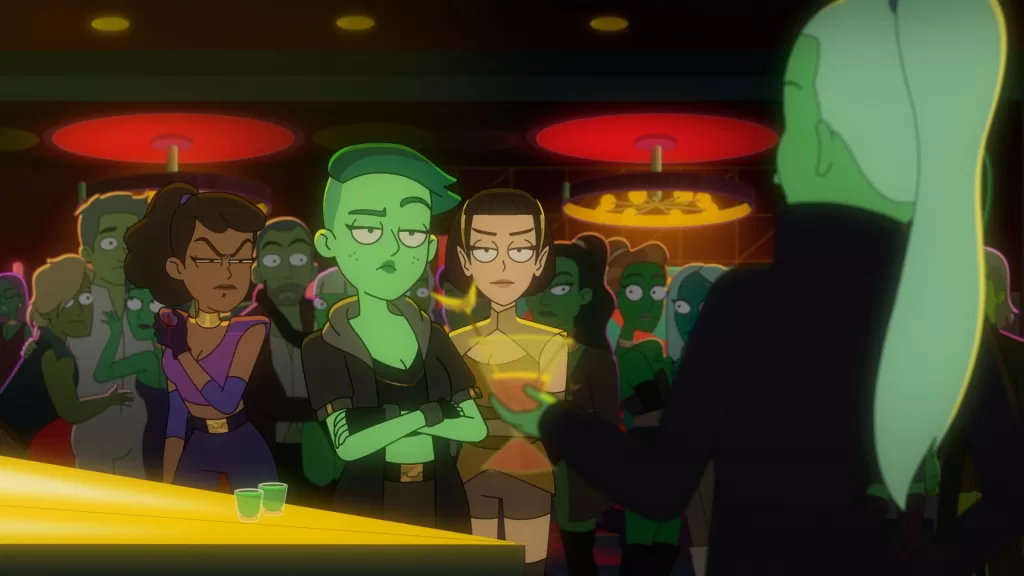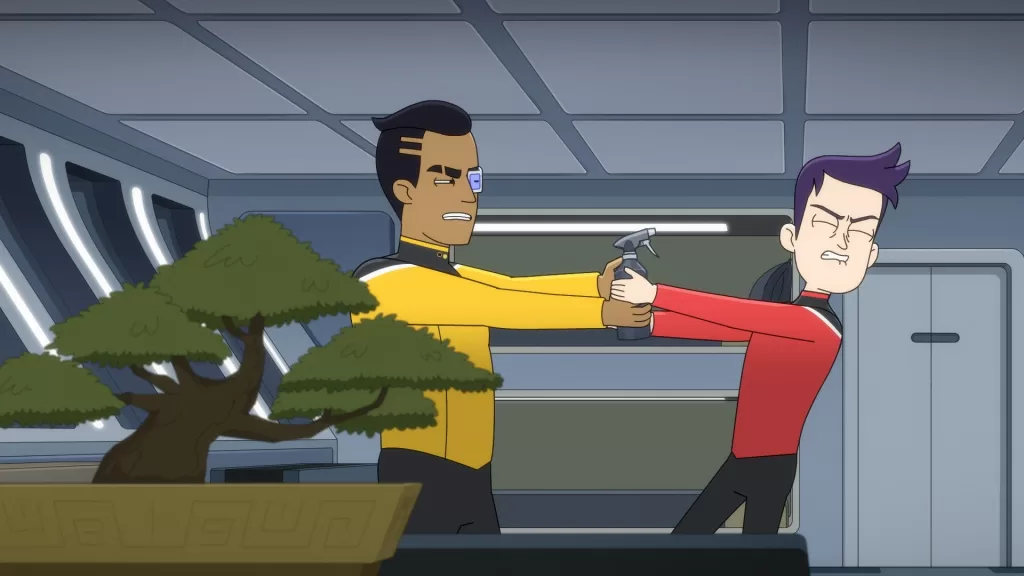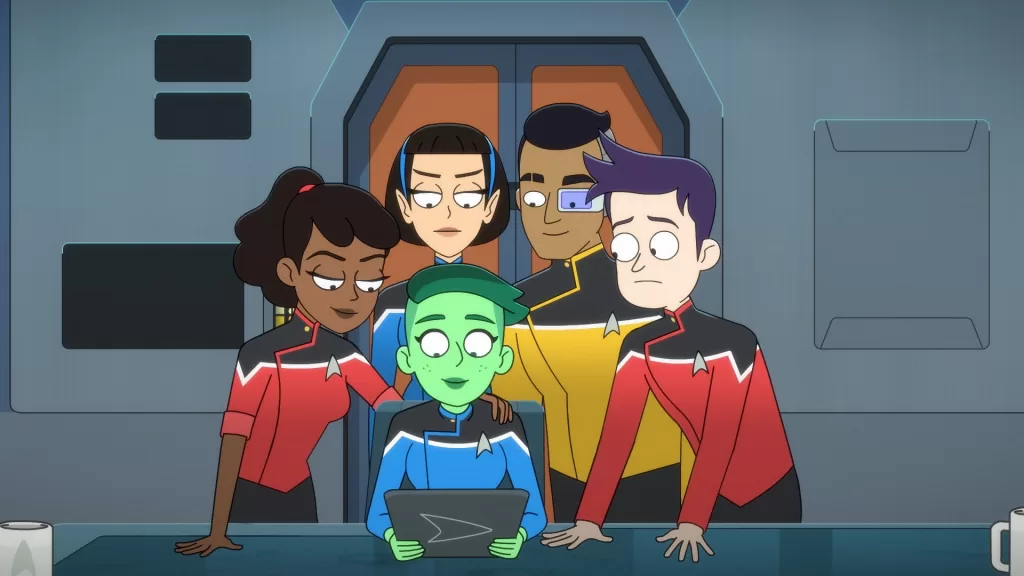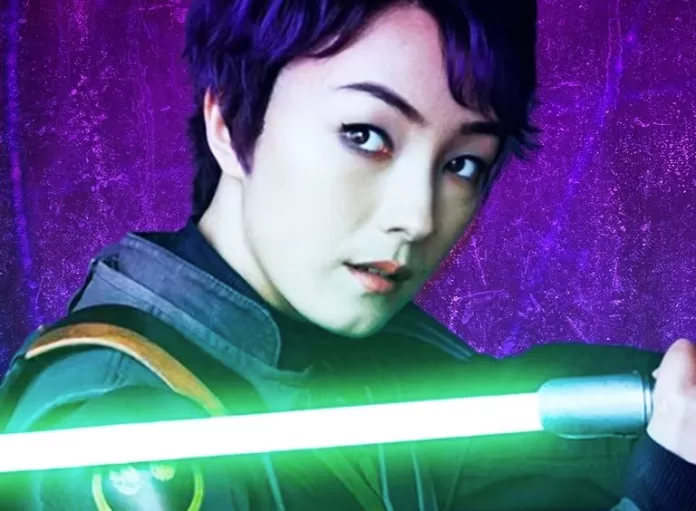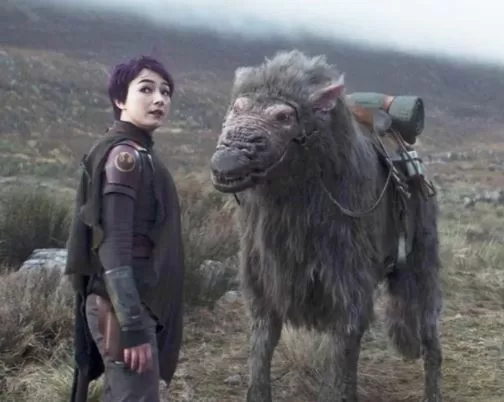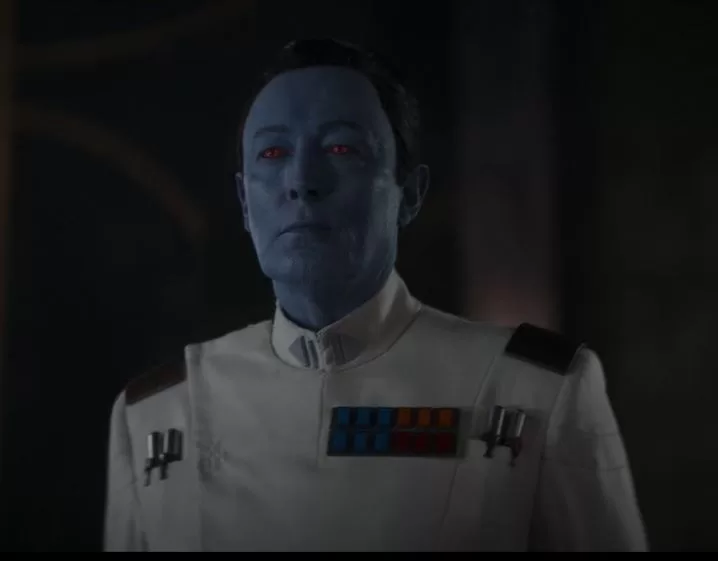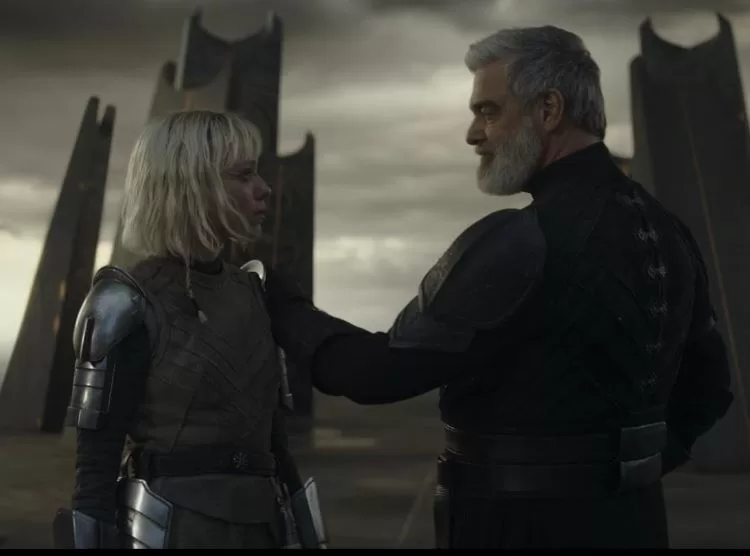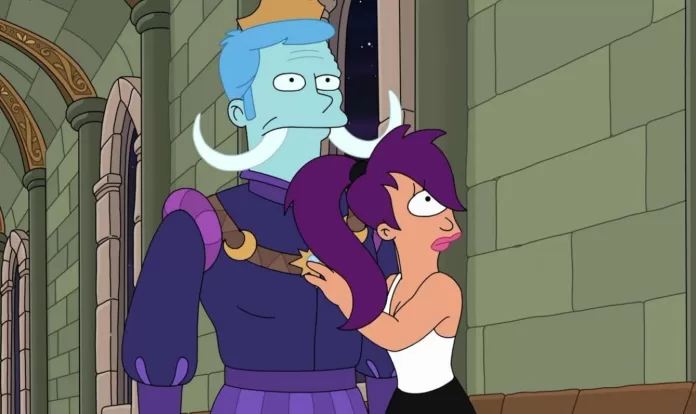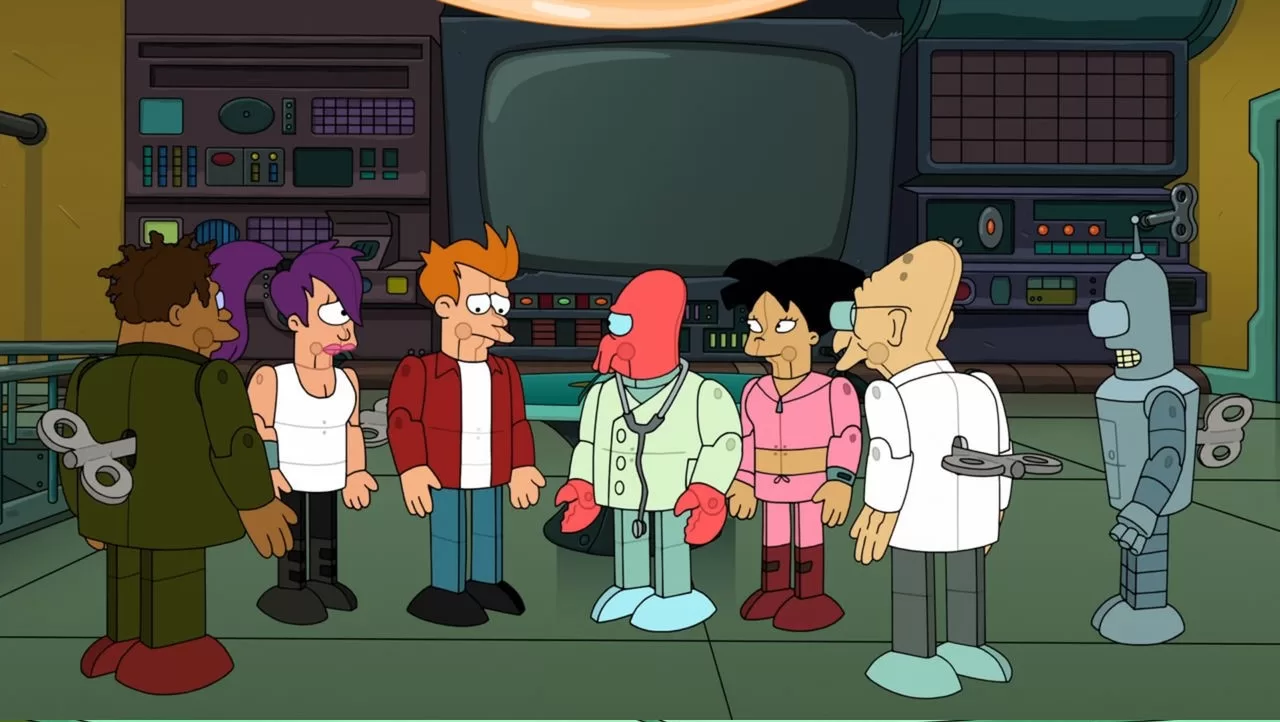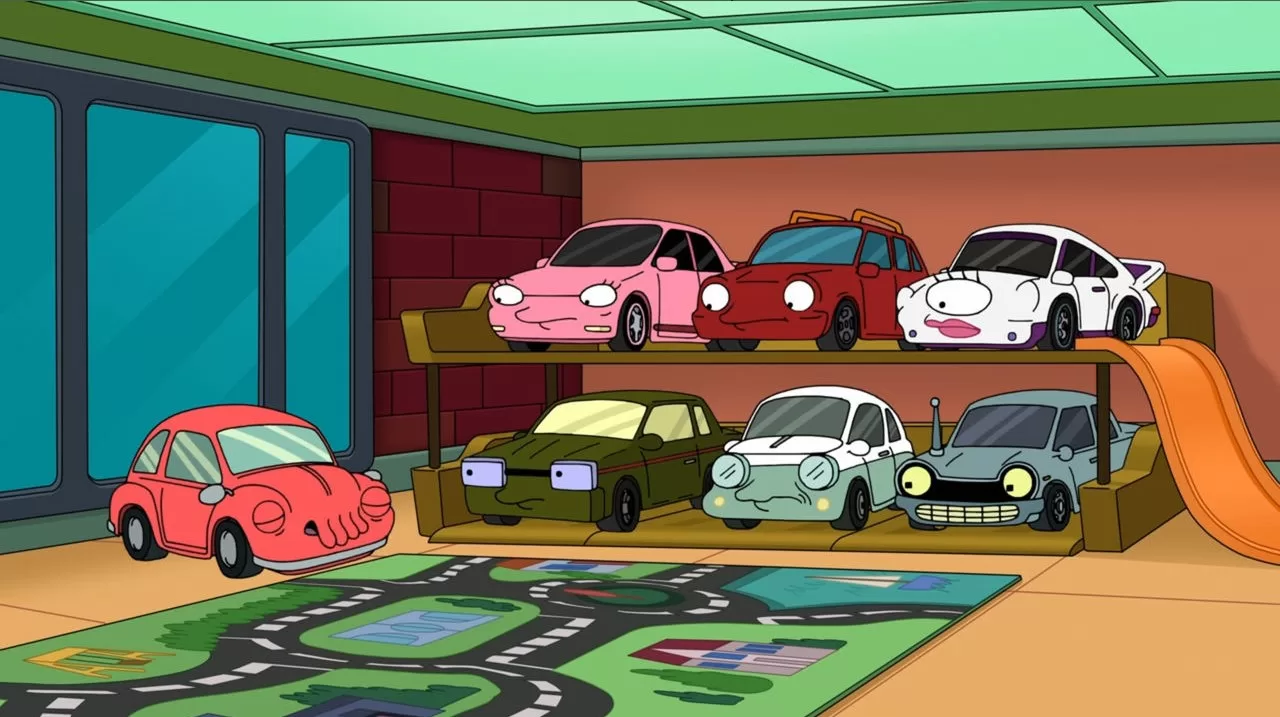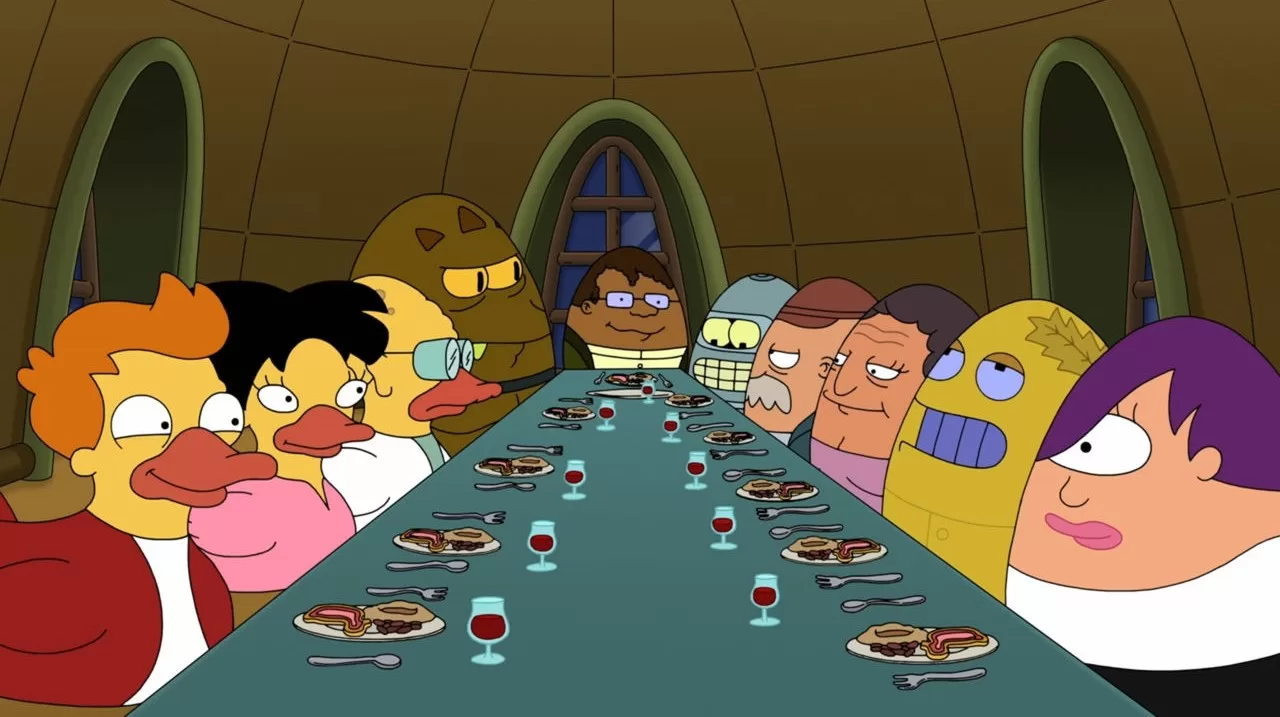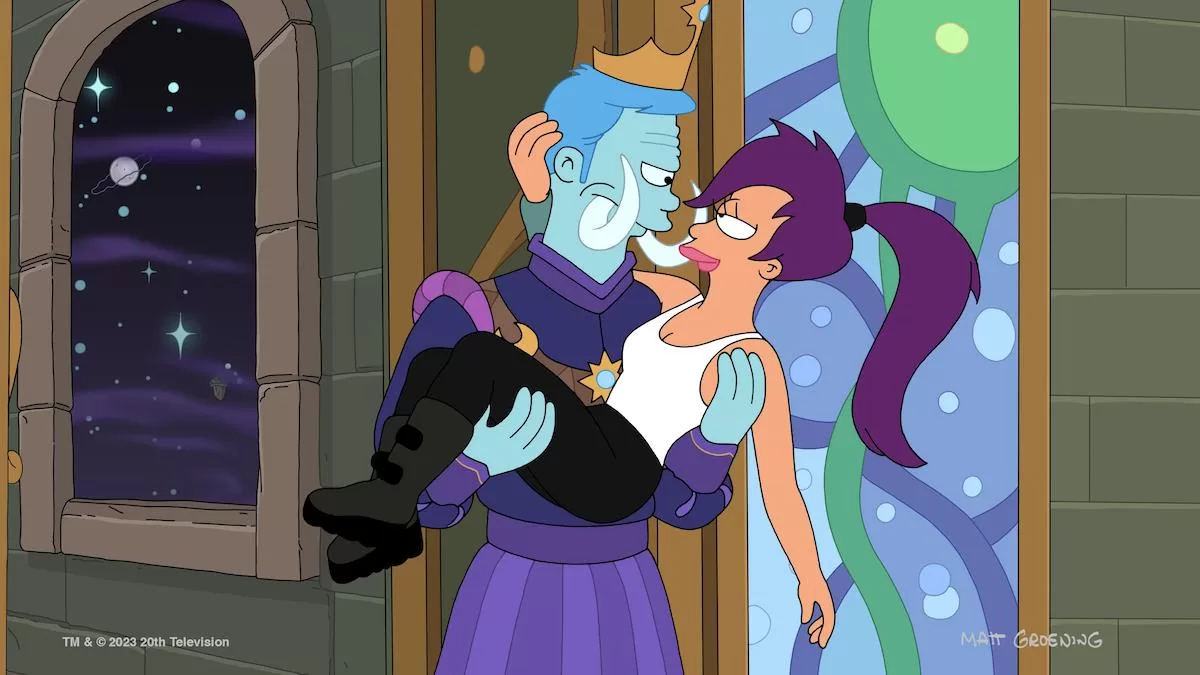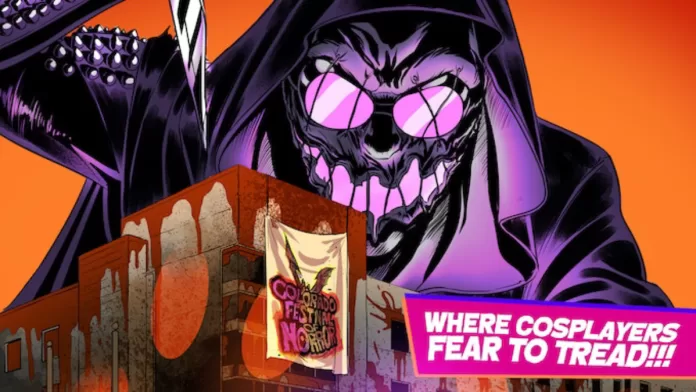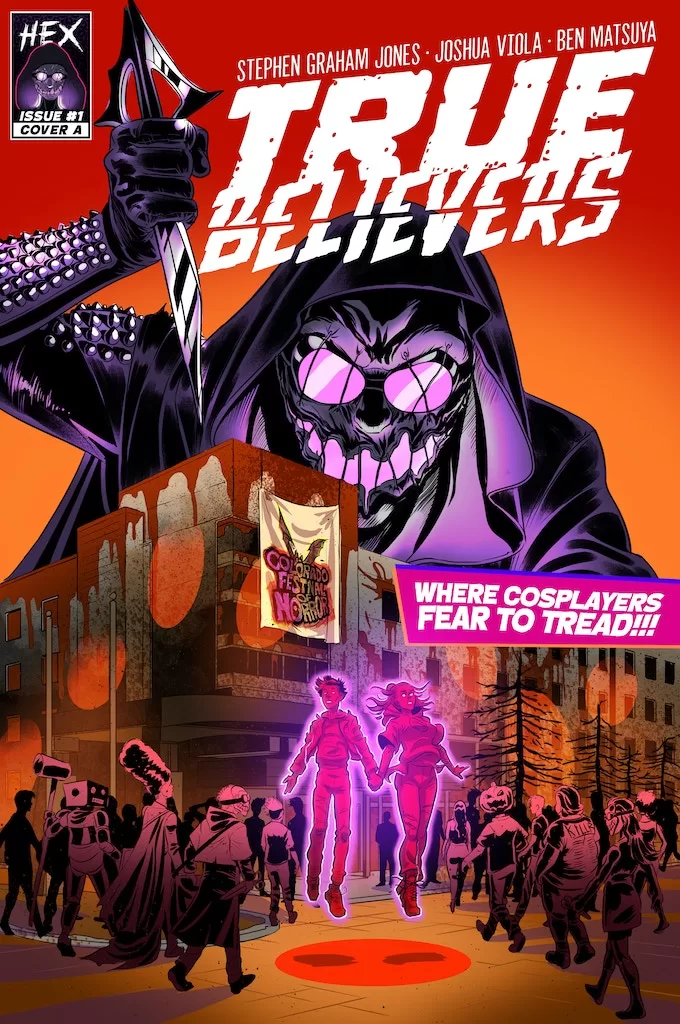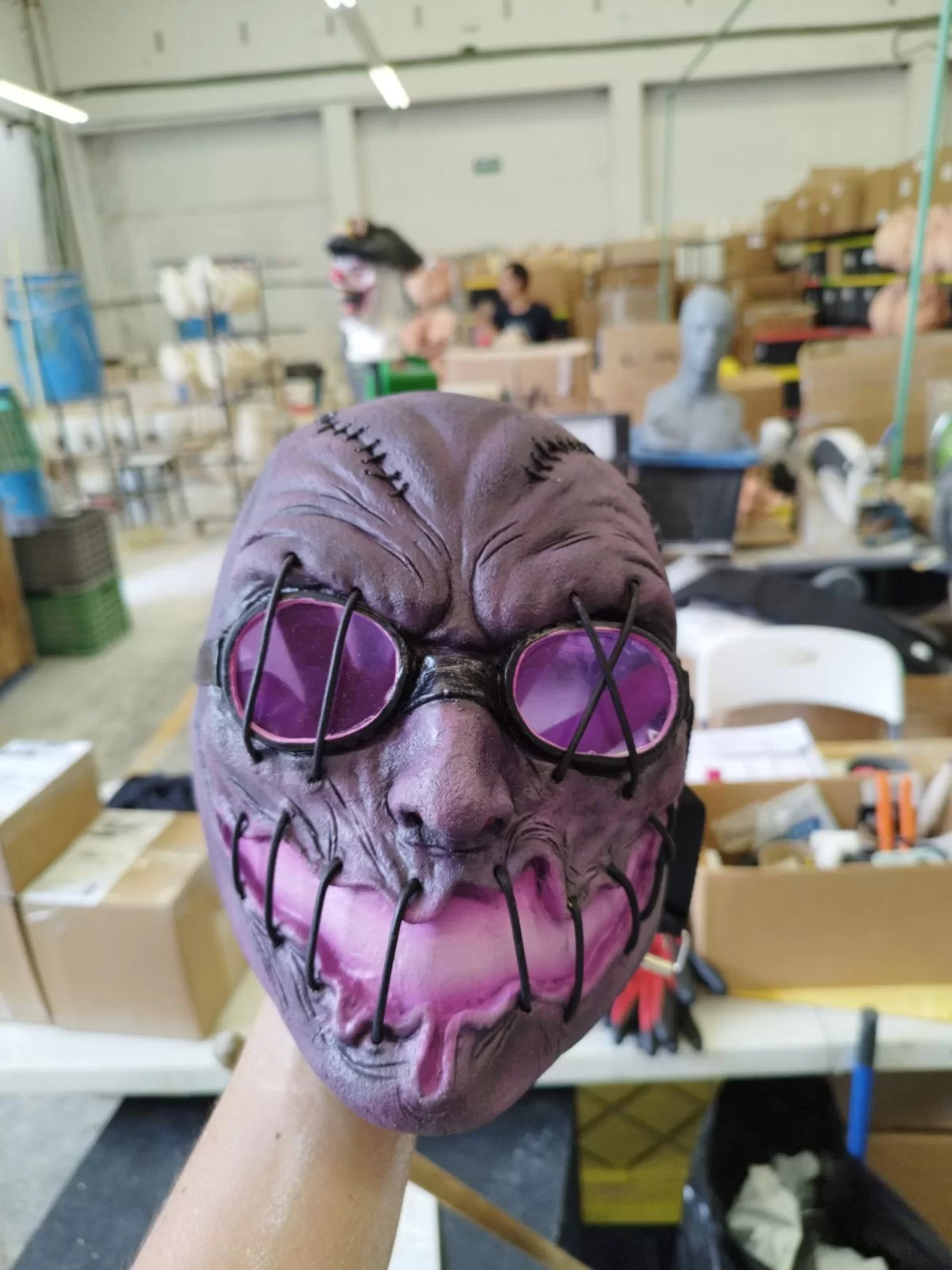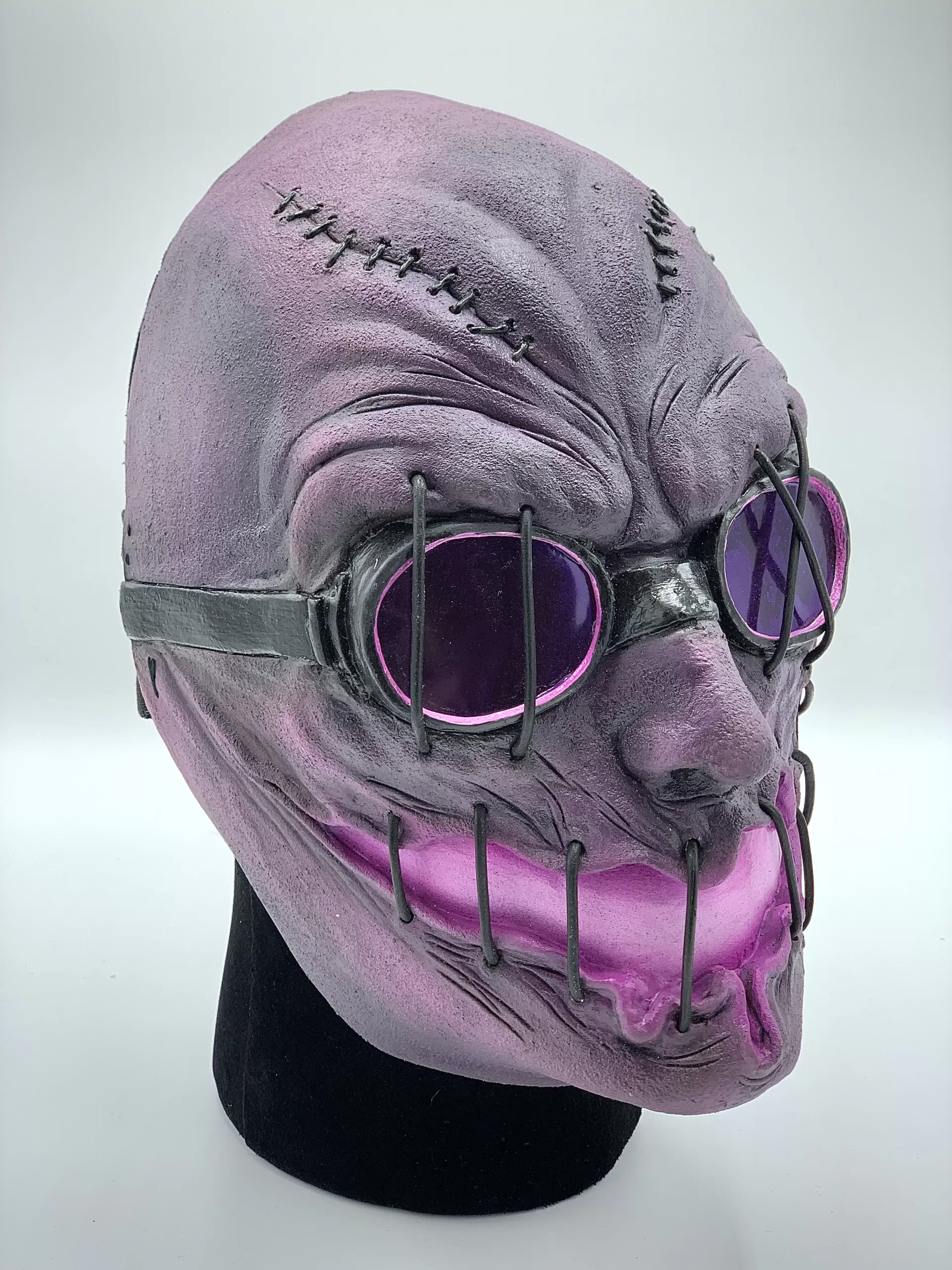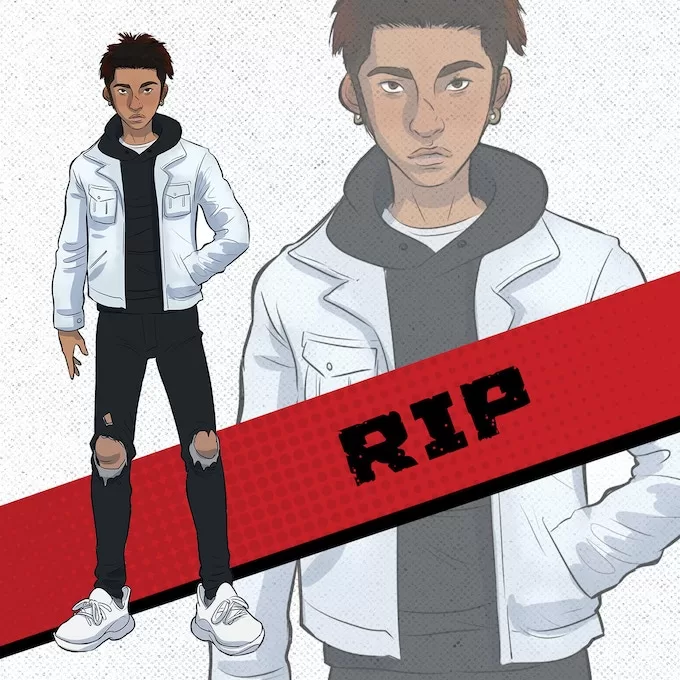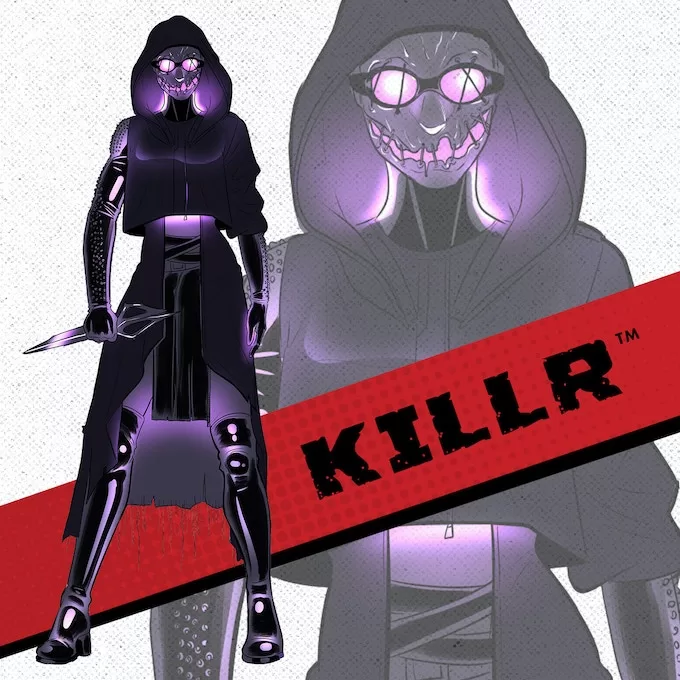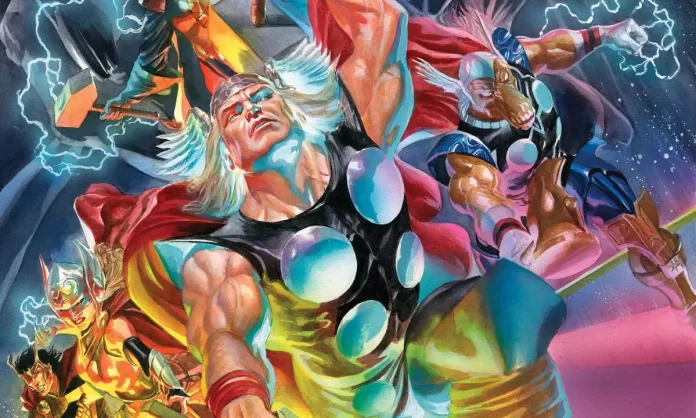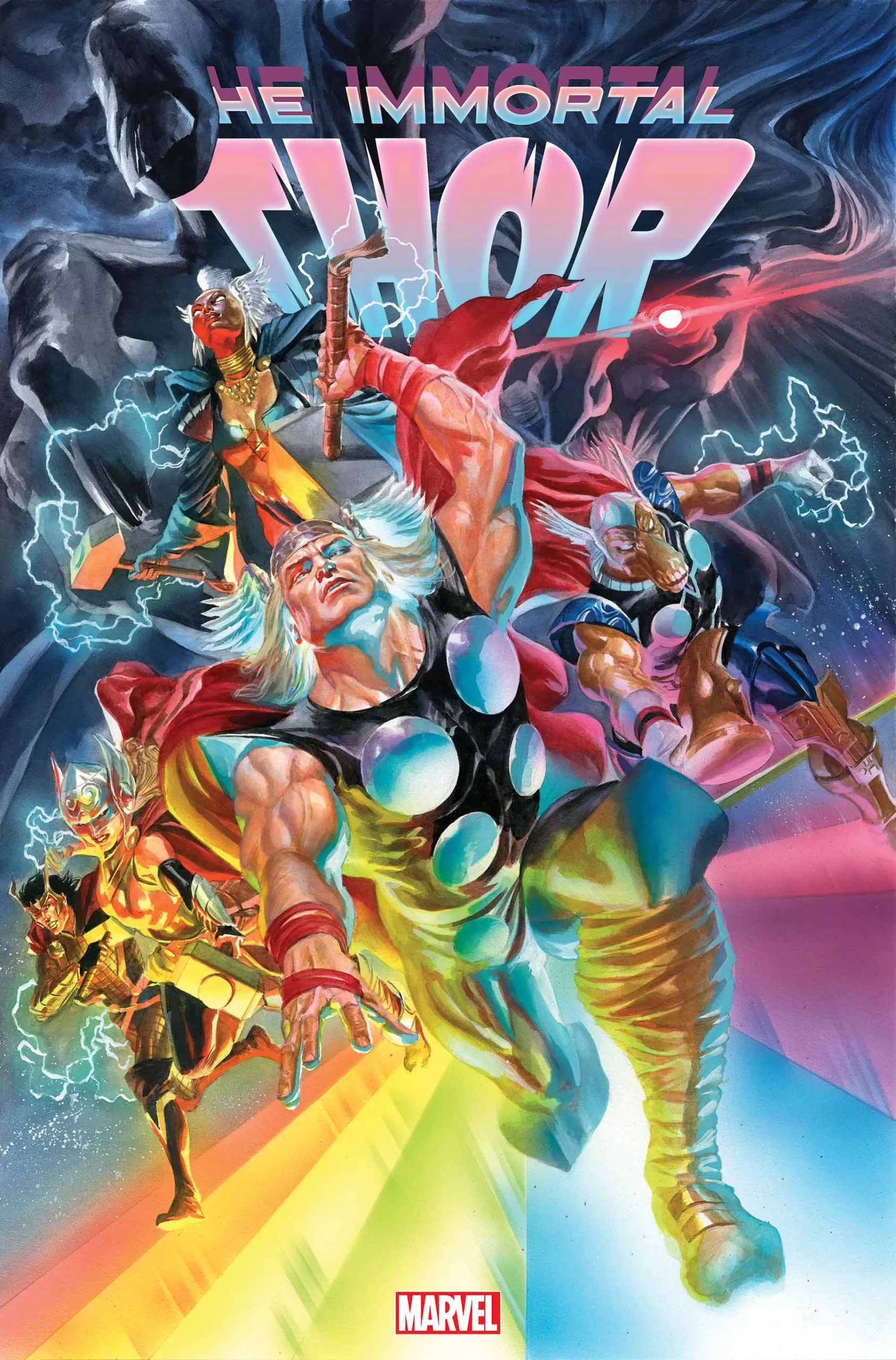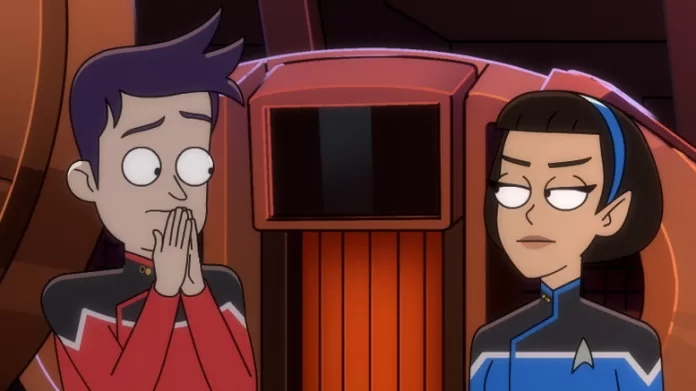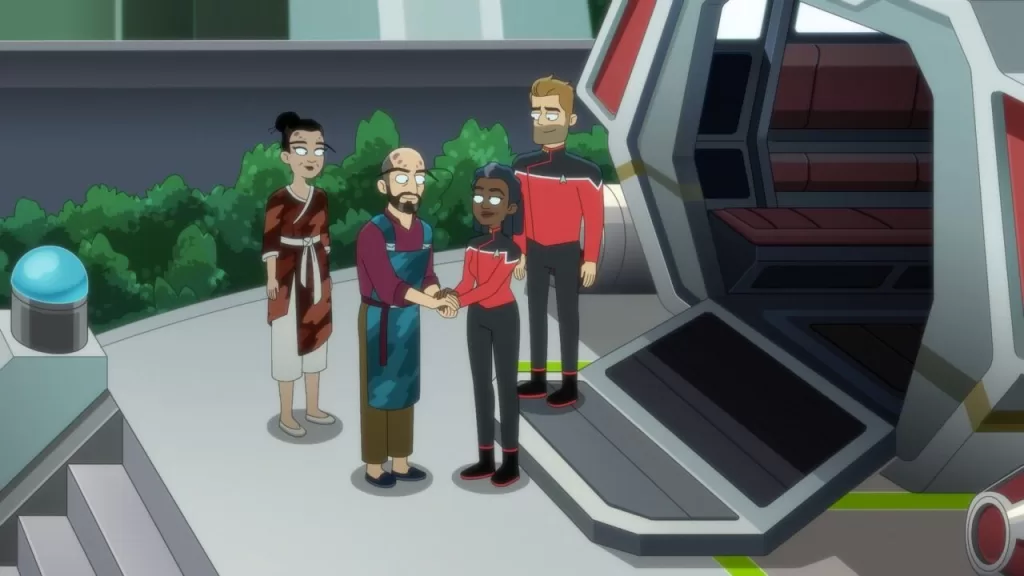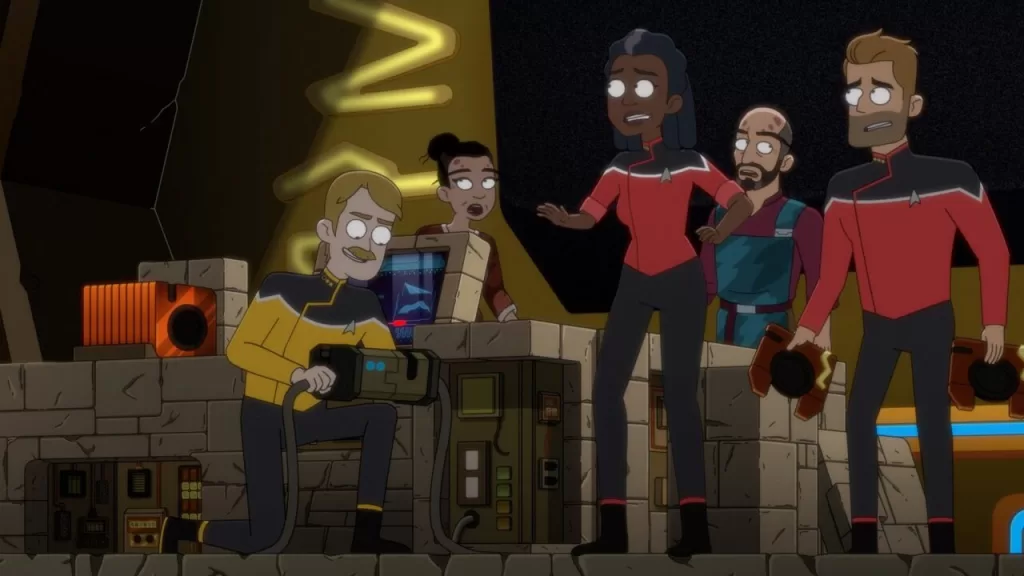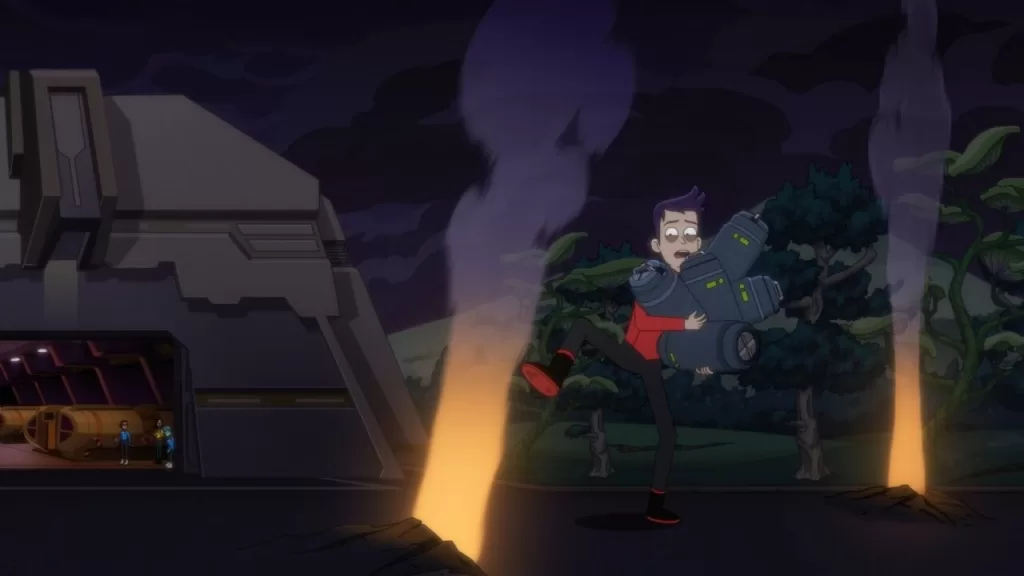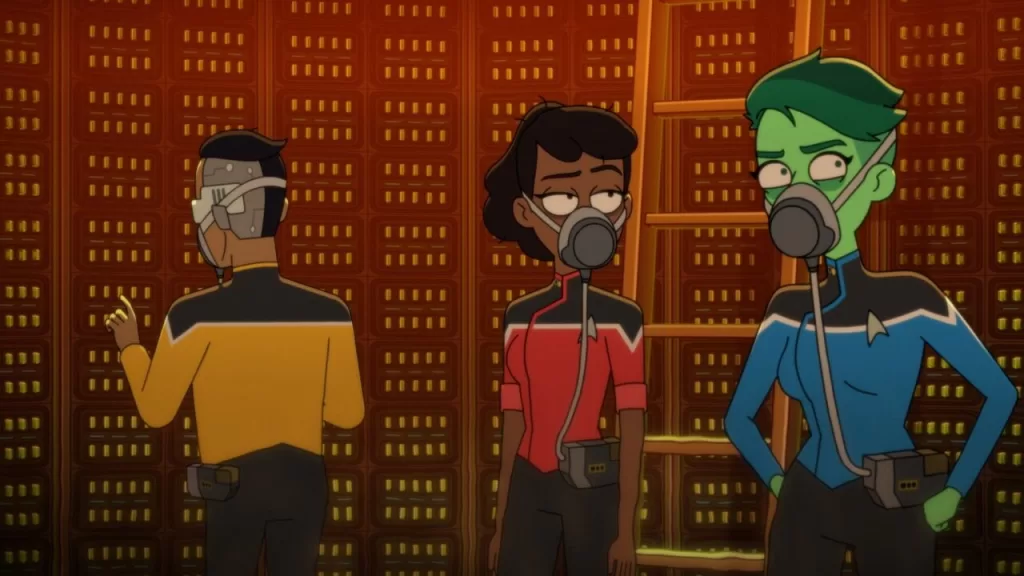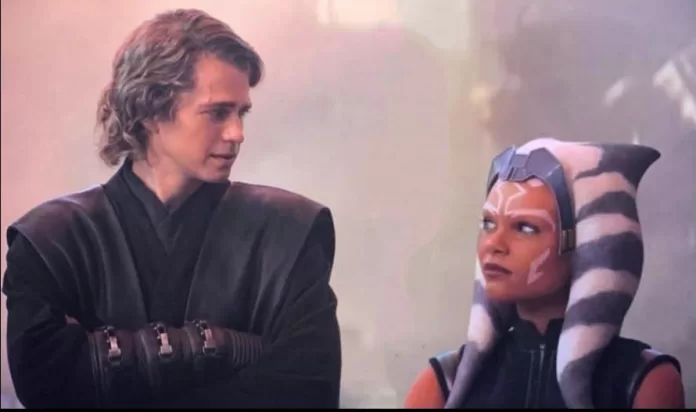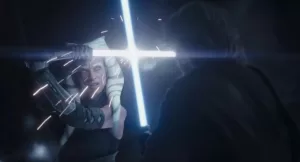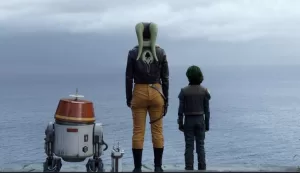The third season of For All Mankind saw humanity expand its footprint to Mars and set up a colony on the red planet, but that was just the beginning.
At New York Comic Con 2023, The Workprint was able to sit down with For All Mankind‘s executive producer and creator, Ronald D. Moore, in roundtable interviews to discuss the upcoming fourth season, what it takes to craft an alternate reality, the major deaths from season three, and why, oh why, does Ed Baldwin have to be so tortured.
What is your favorite moment from the upcoming season?
It’s hard to say because there are a lot of really interesting things. I think the thing that I was the most excited about, and I think is really cool, this season was just being able to go behind the Iron Curtain with Margo and see how the Soviet Union had changed in our alternate reality and sort of what her experience there was. Her story and where she ends up by the end of the season I thought was really fun, unexpected, and fascinating. I think that’s really for me, very satisfying.
Was there any part of this experience that you feel changed you or impacted you positively or negatively as an artist?
I think each project changes you, in my experience. Each one you give yourself to and you discover things. You have defeats and you have victories and they all come and form the next piece that I’m going to work on. So as an artist, I think you’re constantly in this dialogue with your creation, whatever it is. This one is no different than all the way back to Star Trek. Every script is a new challenge. It’s another blank page, you know, and they’re all informed from the pages you’ve written before that.
I think this season moved me and surprised me in ways because I thought we were, you know, at the beginning of the season… You plan out what you think the year is going to be and you generally skew to what that is, but there are always these sorts of unexpected changes and unexpected character things that pop up along the way. That’s gratifying that you still have this sort of discovery process in the middle of a show in its fourth season.
What is it like to play with history when creating an alternate reality?
I think it’s a lot of fun. It’s a tremendous amount of work. A lot of time is spent in the writer’s room. “Okay, this is the era that we’re going into. What really happened and what could have happened in our reality? What’s happened since the last time the characters have been here?”
We always have dozens and dozens of possibilities of what we’re going to play with. Everything from pop cultural moments to geopolitical things to science and technology. And there’s a lot of pitches. There’s a lot of ways to go. You have to sort of steer this course of, well, we will have to have some grounding in what really happened so that the audience sort of has these touchstones of “Okay, I kind of remember that in the 2000s. I kind of remember this happened in the 90s” and so on. But the further we get down our path, the more we’re diverging from what people really remember.
It is a challenge to pick out those little points of historical truth and keep them in the show. But as someone who loves history and politics, I find it a lot of fun. I just think there’s a really a lot of fun and playing the game of “what if?” What if this happened? How would it affect this thing over here? It’s just one of my favorite parts of being in the writer’s room.
Hollywood has always been criticized for a lack of strong, prominent female lead characters. How did that come in and play as you killed off two of your original strong, prominent female leads with Karen and Molly in the Season 3 finale?
Well, you know, part of the show is generational. That’s how we pitched it. And when you’re doing a generational show, you knew that you were going to constantly be, like, losing cast members. In some ways, it’s sort of an attribute to the fact that they were strong leads. The leads are the ones that you have the biggest stories for and it hits the audience the hardest when you take those characters out. We’re kind of aware of that, but it felt like those were the correct endings to those stories and then new characters come up behind them.
With the original characters now late in their life, do you see season four of ‘For All Mankind’ as an “End of Act One” as you introduce a new generation of characters? How does that structure work?
We tried to make it sort of a rolling introduction. If you look all the way back to the first season, the Stevens kids were established in the pilot as little, little children. But we always knew that in the course of the show, those kids were going to grow up and be part of the story. So we were always kind of trying to plant characters or suggestions of characters to pay off later as older cast members were either killed or died off, or just left the the story altogether. It’s always been an ongoing thing. It’s never been sort of well, this is the chapter of Ed or this is the chapter of Tracy and Gordo. We kind of felt that there was a continuum, and we always wanted the next people to sort of be lining up with someone behind them.
What would you say was the biggest challenge in developing this season?
I think from a production sense, it was certainly expanding the Mars base. It had to be definitely bigger. It had to have a lot more people. It’s a challenge. We have a budget. It is a healthy budget, but it is never enough. So, you are always running out of money and you’re literally, running out of stage space as to how big you can build these things. Then balancing that with digital effects…
There’s just a tremendous amount of production challenges to realize this show, especially cause you’ve got the Mars base, you’ve got stories back on Earth and you’ve still got space-based vehicles that are flying around and going to asteroids and all that. Juggling all those pieces is a huge challenge. And the further we get down our road, the more science fiction the show becomes. It makes it more expensive, more of a challenge each season on top of it.
In season one we were trying to use a lot of existing stuff. You can go shoot on location to do a lot of things we did in the first season or two. But now when you’re on Mars all the time, we have to create everything that’s on Mars. So it’s just a huge production challenge.
Reading the synopsis for the upcoming season you talk about mining asteroids. How do you avoid comparisons to other shows like, say, ‘The Expanse’ for instance, which was primarily focused on that very subject? How do you differentiate what you’re doing with this show from things like that and trying to keep it fresh?
There are some common things that, you know, you just look at that a show like ours and theirs are just gonna do. The asteroid belt is there at some point in space exploration. It’s going to be mined. There’ll be commercial interests involved. There’s going to be miners. There are certain commonalities. You try not to worry about it too much.
When I was on Deep Space 9, for instance, there was Babylon 5. There are certain commonalities to having space stations. There are certain commonalities to sort of who those characters were going to be. And you just tried to not think about it too much. You tried to not deliberately say, “Well, they went left, so we’re going to go right just cause.”
You tried to just sort of in your mind silo their show off and ignore it and just try to be true to the story that you’re telling here. If there are commonalities or there are pieces that are somewhat similar, you just hope that you know, we’re telling such a different story with different characters that those common points don’t really matter.
Ed has been put through the wringer. He’s always second, experienced immense loss throughout the series, and can’t seem to catch a break. Will he ever catch a break?
Ed is a great character. We sort of kind of decided that was going to be his journey from the outset. Not in the specifics, but the overall arc that you’re talking about. Here’s a guy from the classic right stuff, Apollo era, you know, poster. Here’s that guy. Now, in this new reality, what happens to that guy? Let’s really send him through the wringer. Let’s not make it easy for him, because if it’s easy for him, that’s a really boring story for that character.
What are the challenges he’s going to face? What’s he going to realize about his own problems, his own biases, his own flaws, his struggles with his families and his friends, and his sense of who he is? He realizes how much he’s defined by his job and that he’s often putting his family in second place as much as he says he’s not. His actions kind of take him to this other world. Then making him face that reality and have to sort of look in the mirror to a certain extent. It’s a fascinating character. It’s an interesting journey for someone who starts, you know, at that point.
You’ve touched on a few points of history of your career. You’ve like you’ve been involved in some of my all-time favorite shows.
Mine too.
I’m curious more of a behind-the-scenes question. I would like to know who’s the unsung hero of your career. Who’s helped you the most, but doesn’t get the most appreciation?
Ira Steven Behr. When I first joined Star Trek: The Next Generation, Ira was kind of running the writer’s room in the third season and kept the writers from mutinying. I was just a kid. I didn’t know anything and he treated me like a professional and took me under his wing on that staff. And then he left.
When I went over to Deep Space 9, he was running that show. I learned a tremendous amount about show running, management, and just pure writing from Ira Behr. Ira was really the heart and soul of Deep Space 9 and really guided it and made it into what I think is the best of all those Star Trek series back in the day. I don’t know that he gets enough credit, really, for his contribution to both those Star Trek series and also just as a writer and a producer in television. He is just an extraordinary person.
Season Four of For All Mankind returns on November 10 on Apple TV+

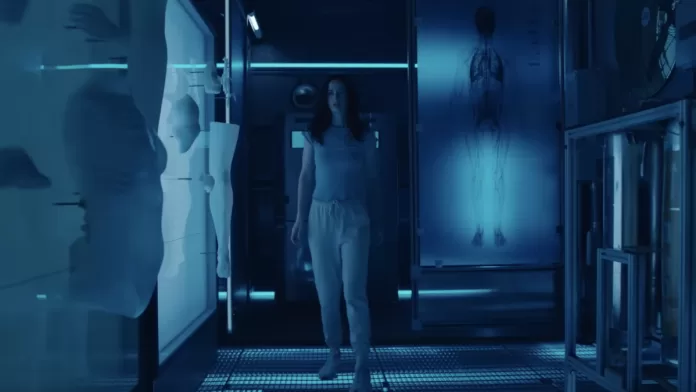
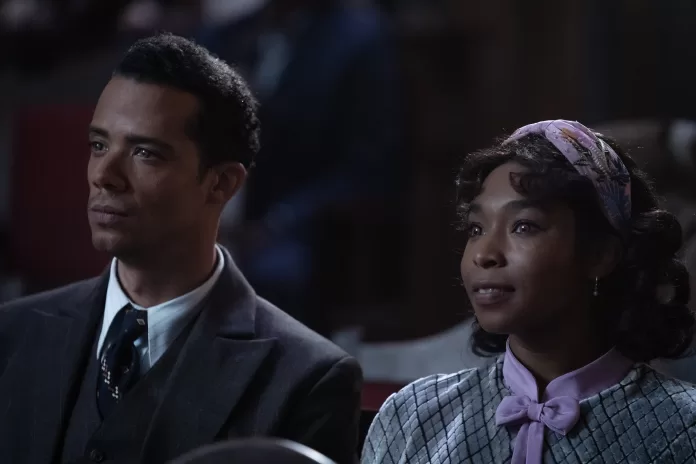
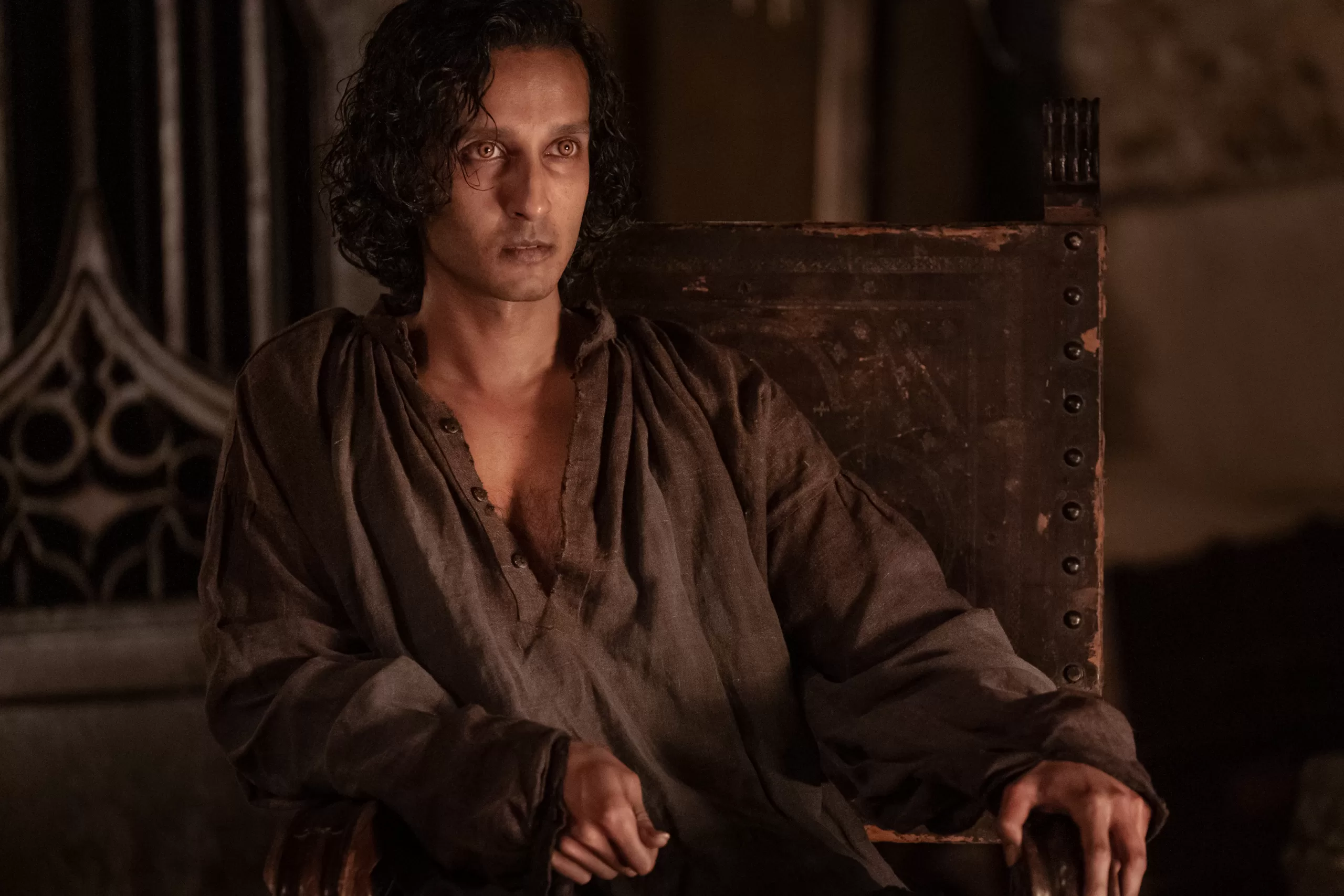
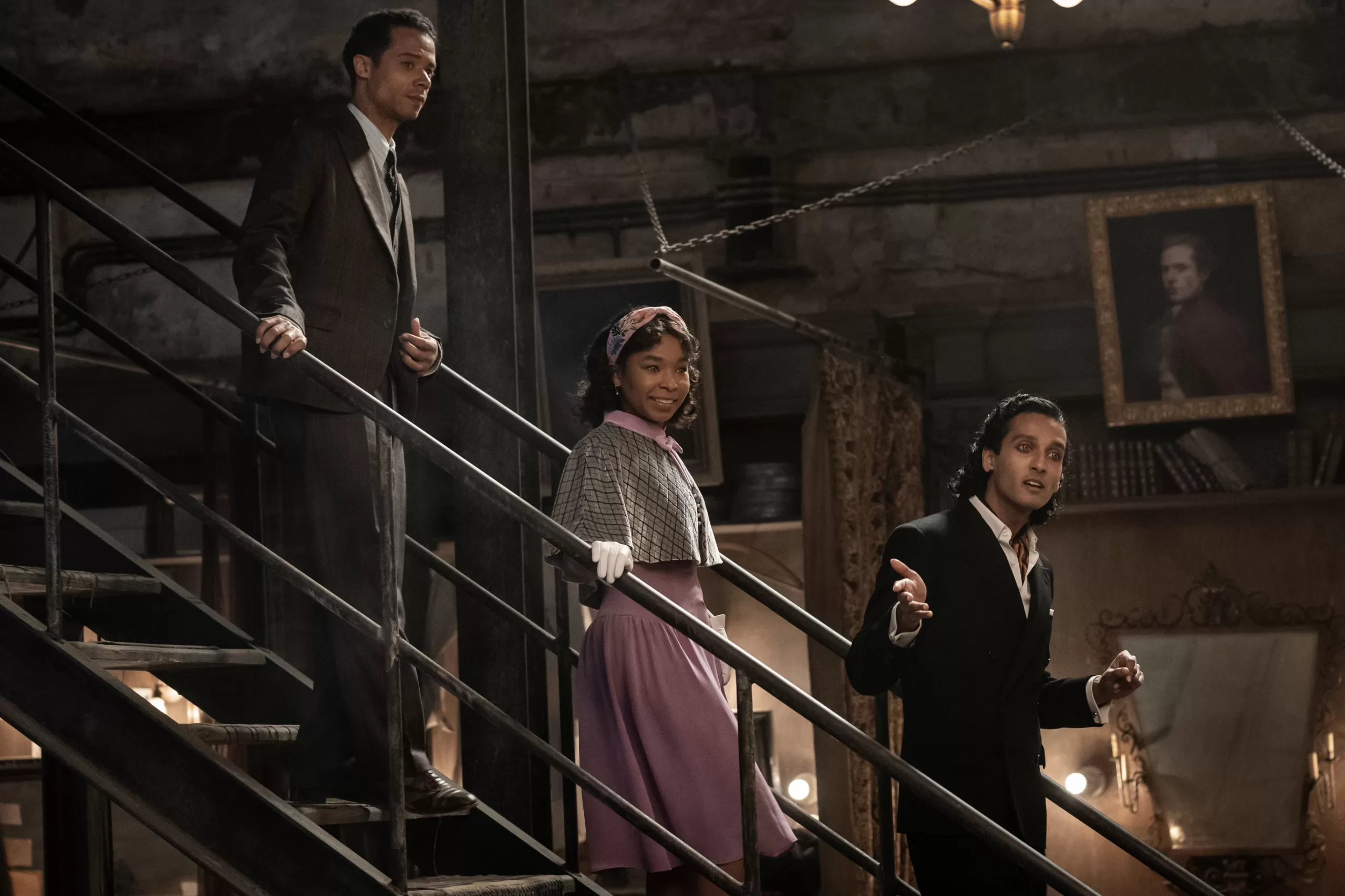
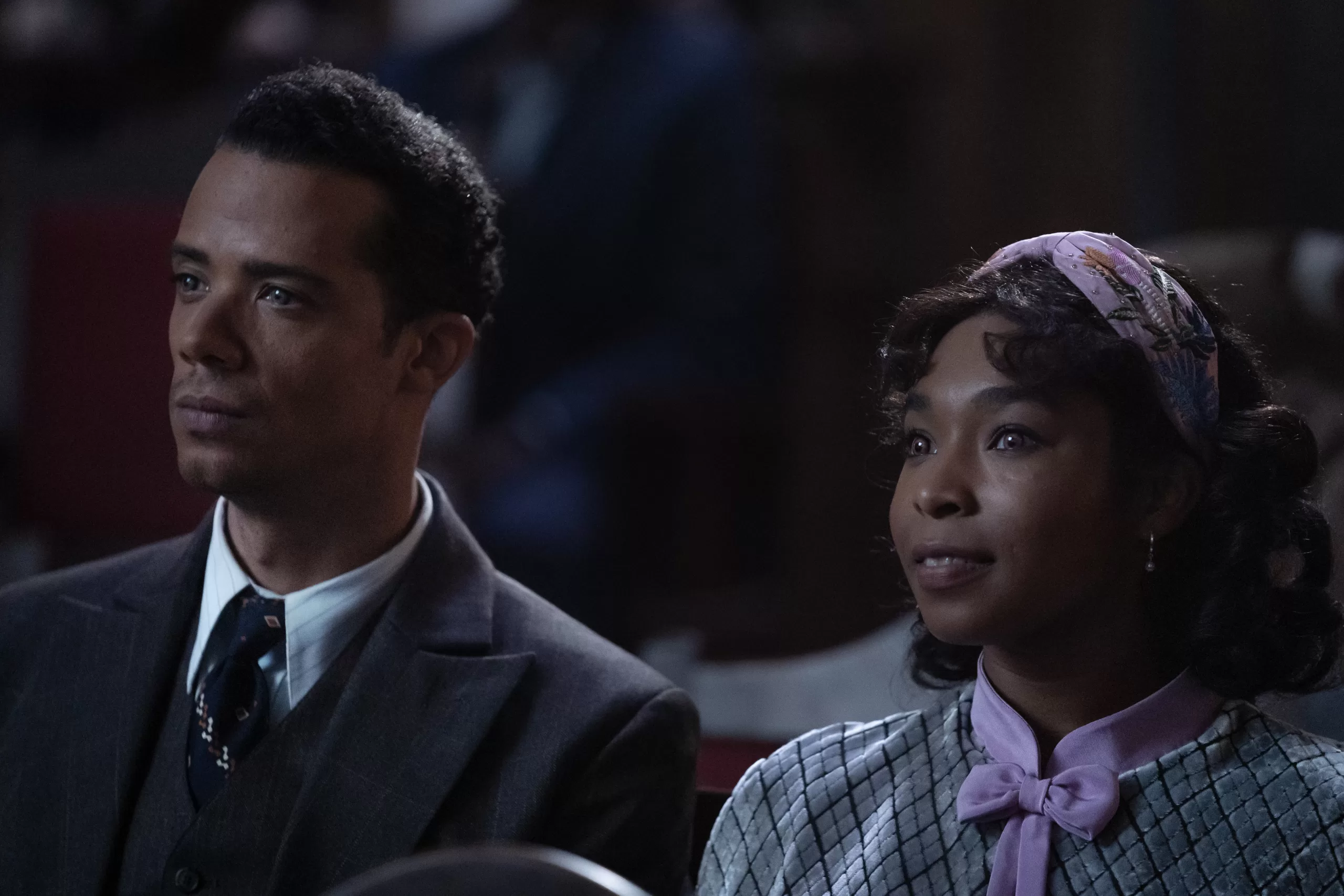
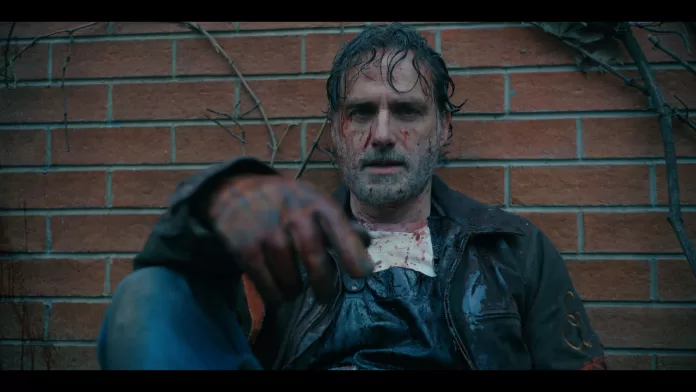





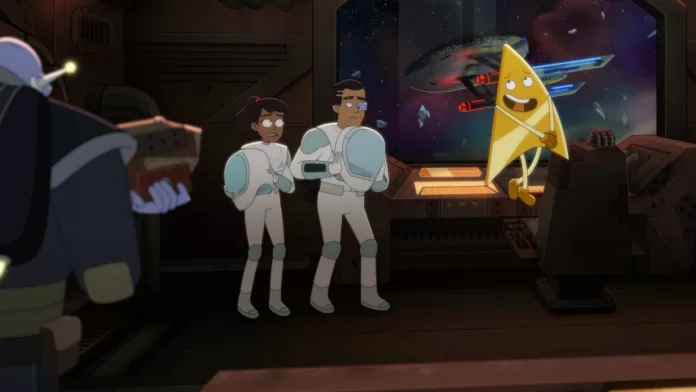
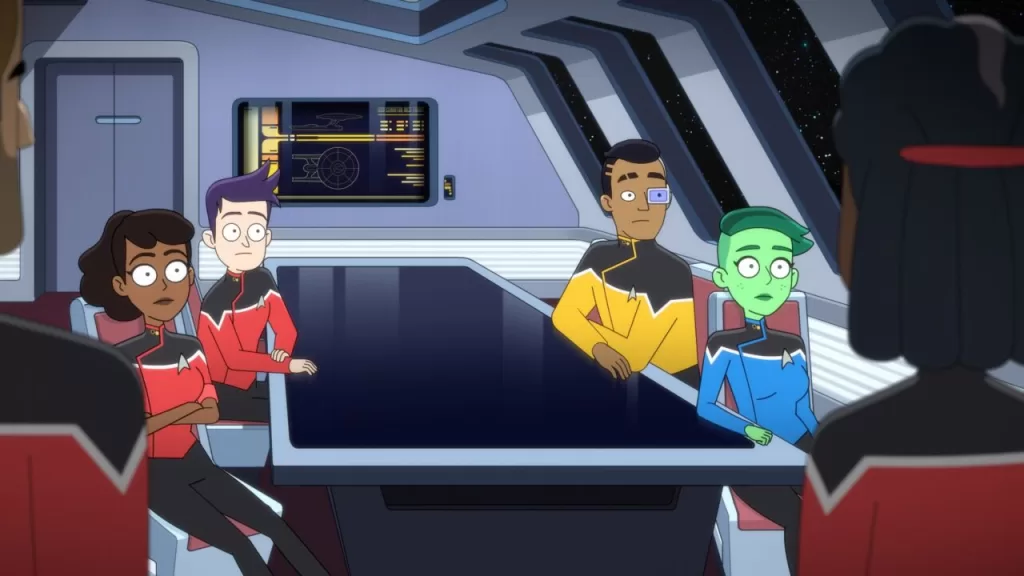
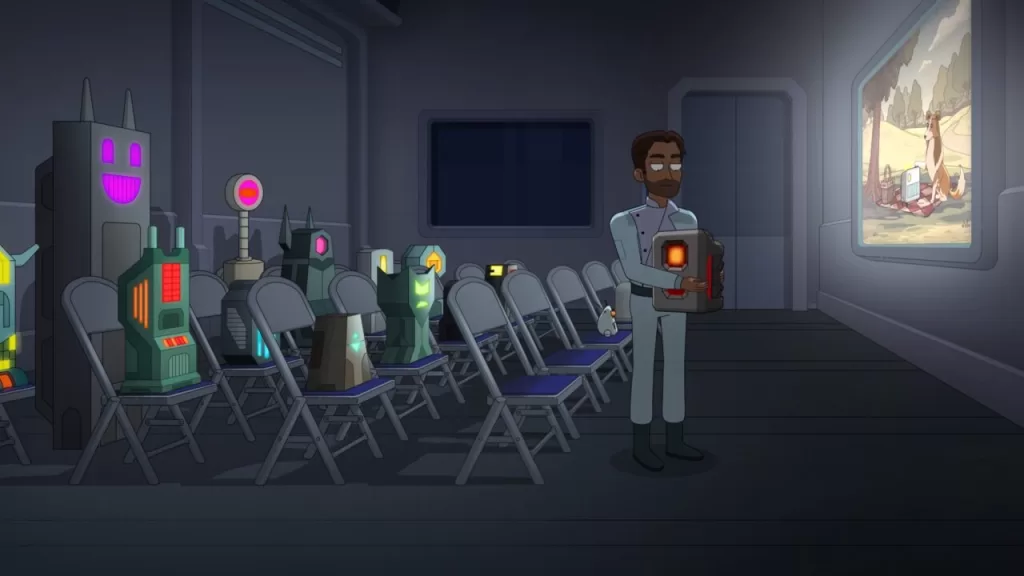
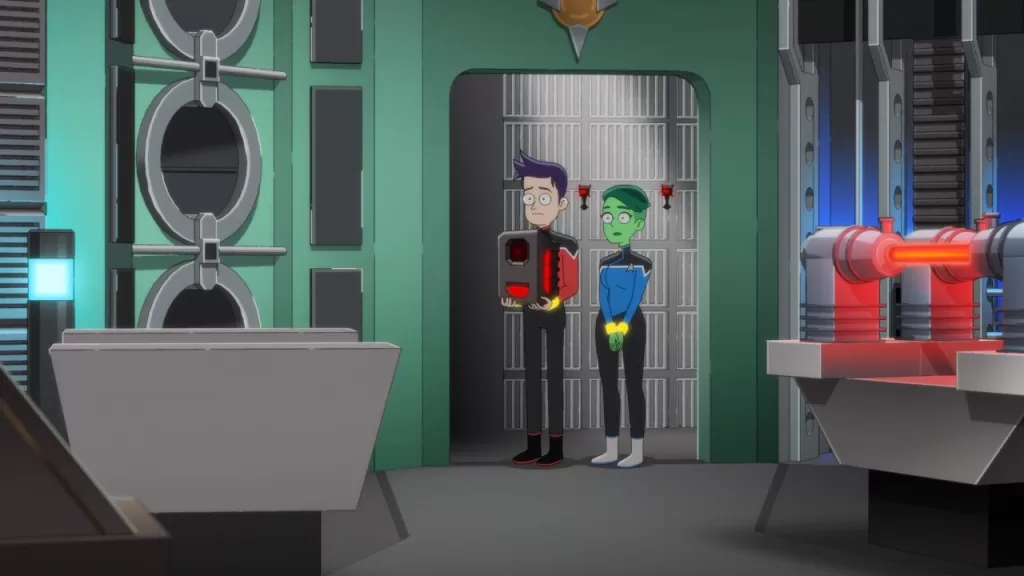
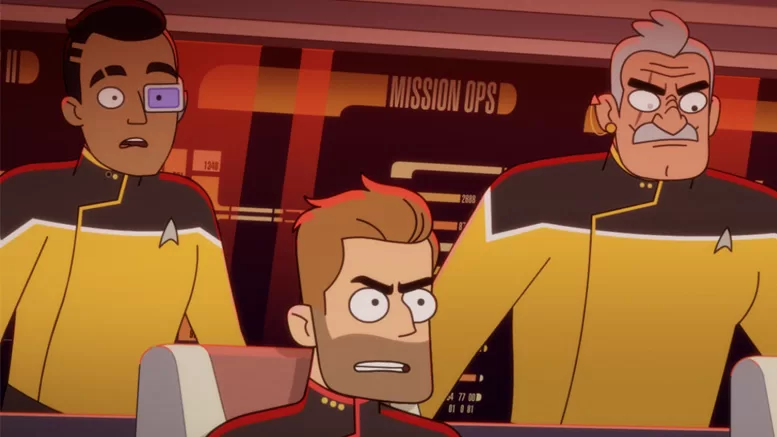
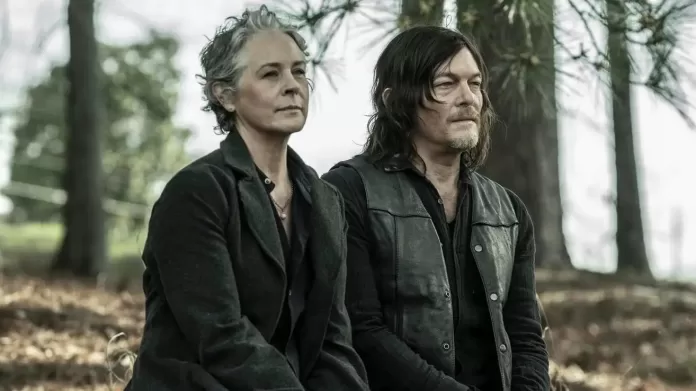
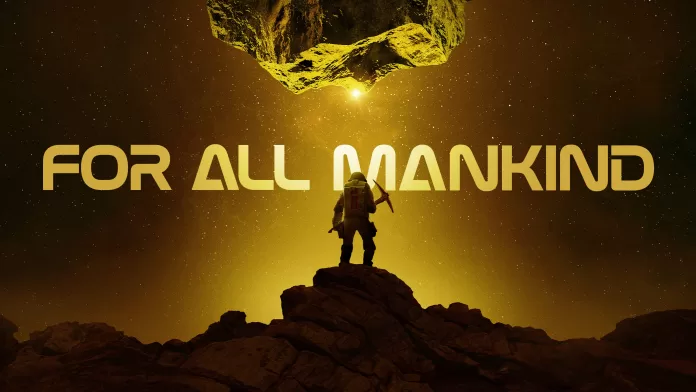
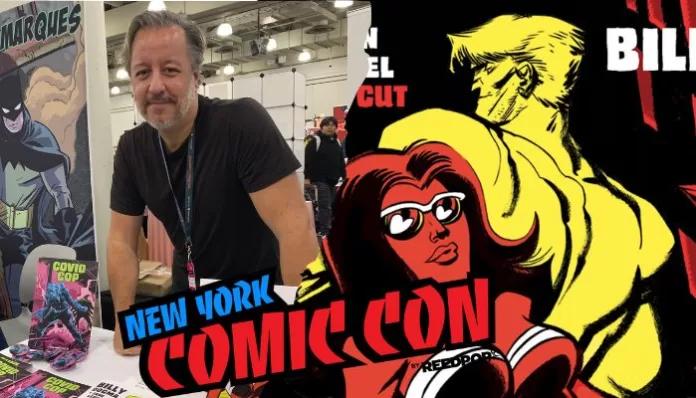
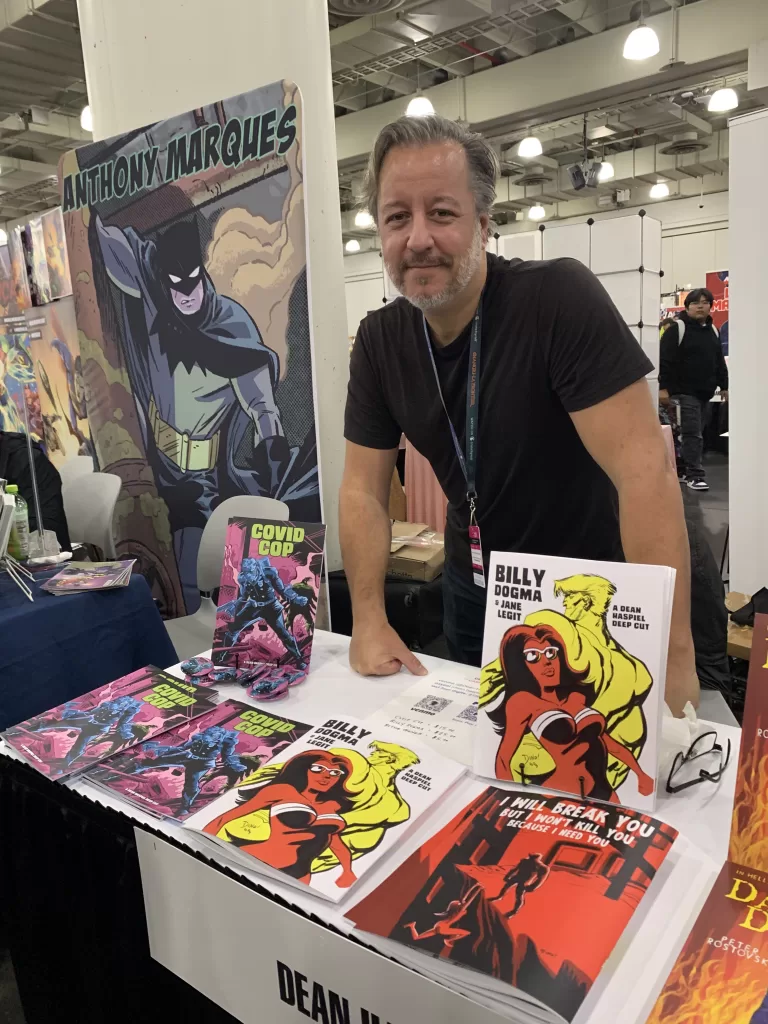
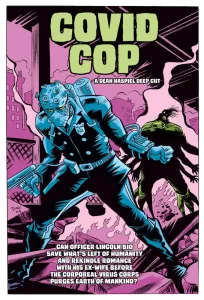
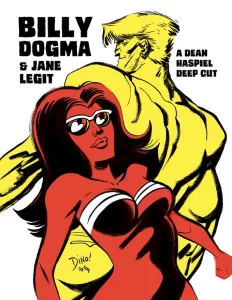 The other comic Haspiel is promoting at New York Comic Con is the Billy Dogma & Jane Legit, two characters he created in 1995 and has revisited through web comics, print, etc. “It’s an erotic comix noir about two love titans that are attracted to conflict. Ergo, relationships!” Haspiel explained.
The other comic Haspiel is promoting at New York Comic Con is the Billy Dogma & Jane Legit, two characters he created in 1995 and has revisited through web comics, print, etc. “It’s an erotic comix noir about two love titans that are attracted to conflict. Ergo, relationships!” Haspiel explained.